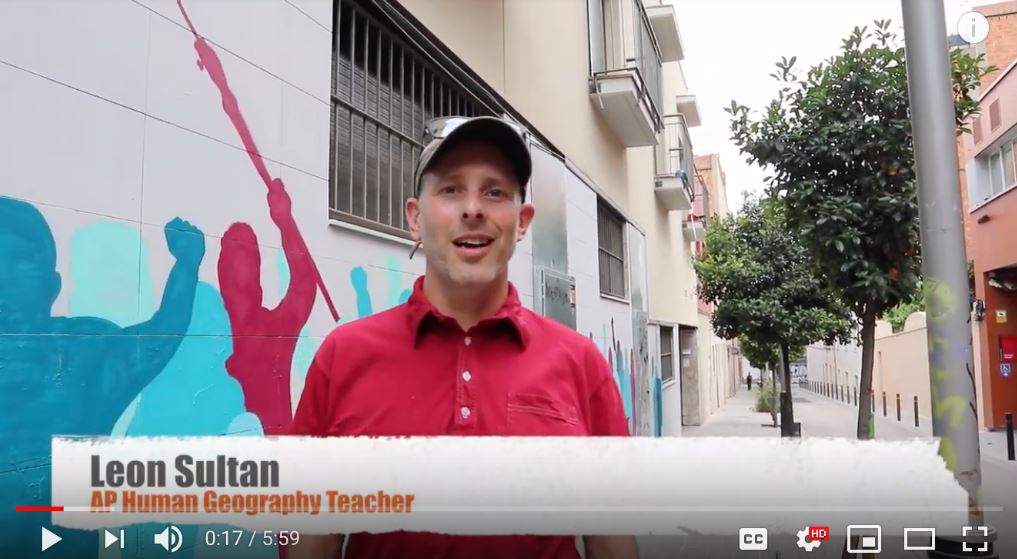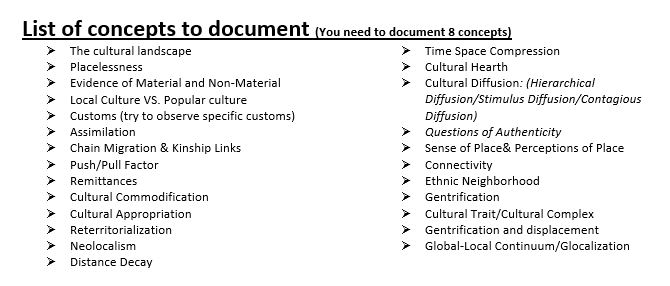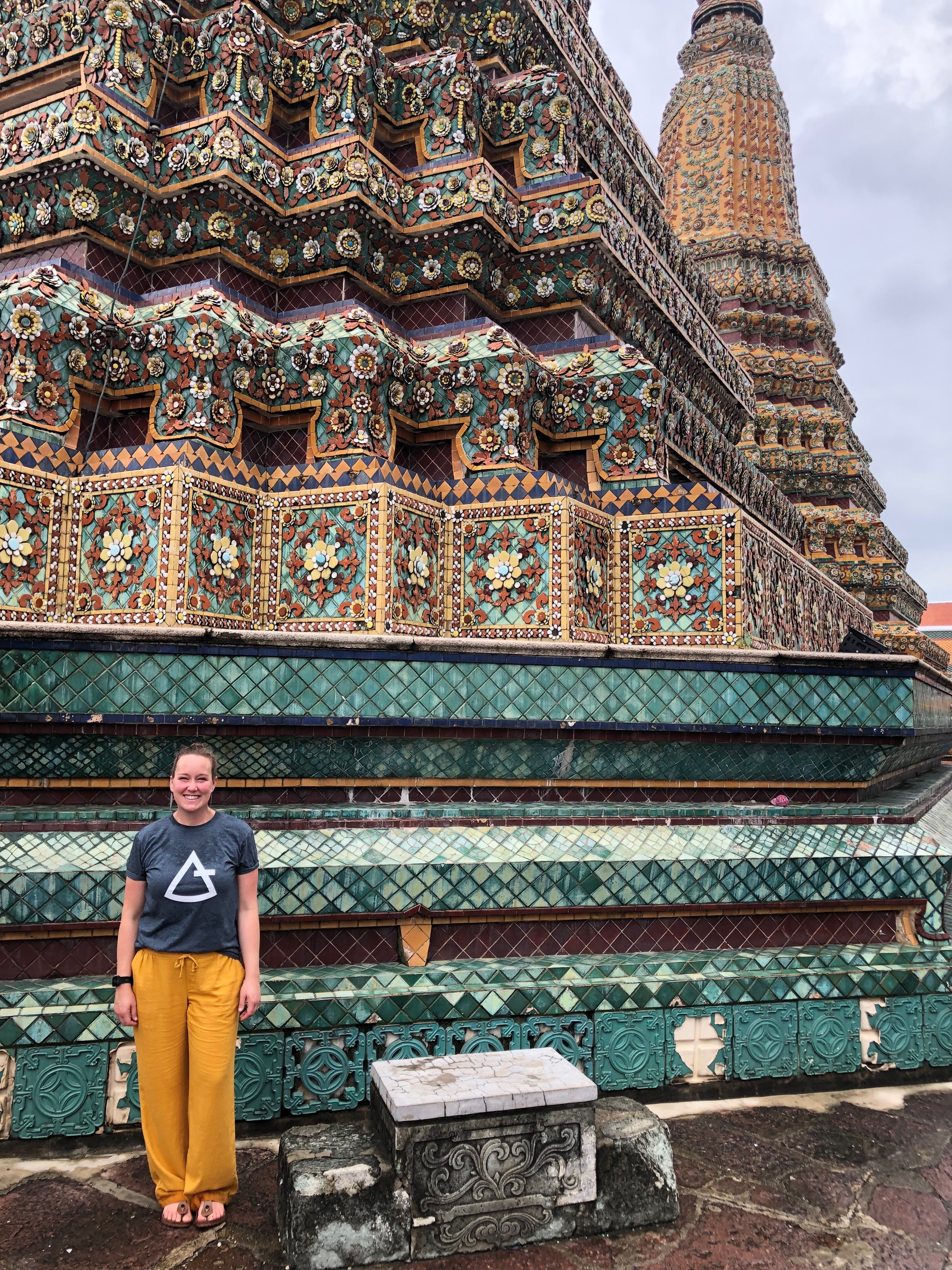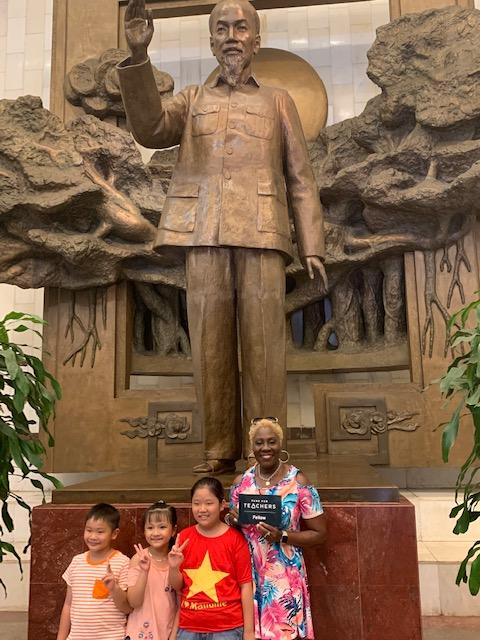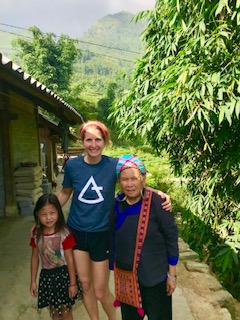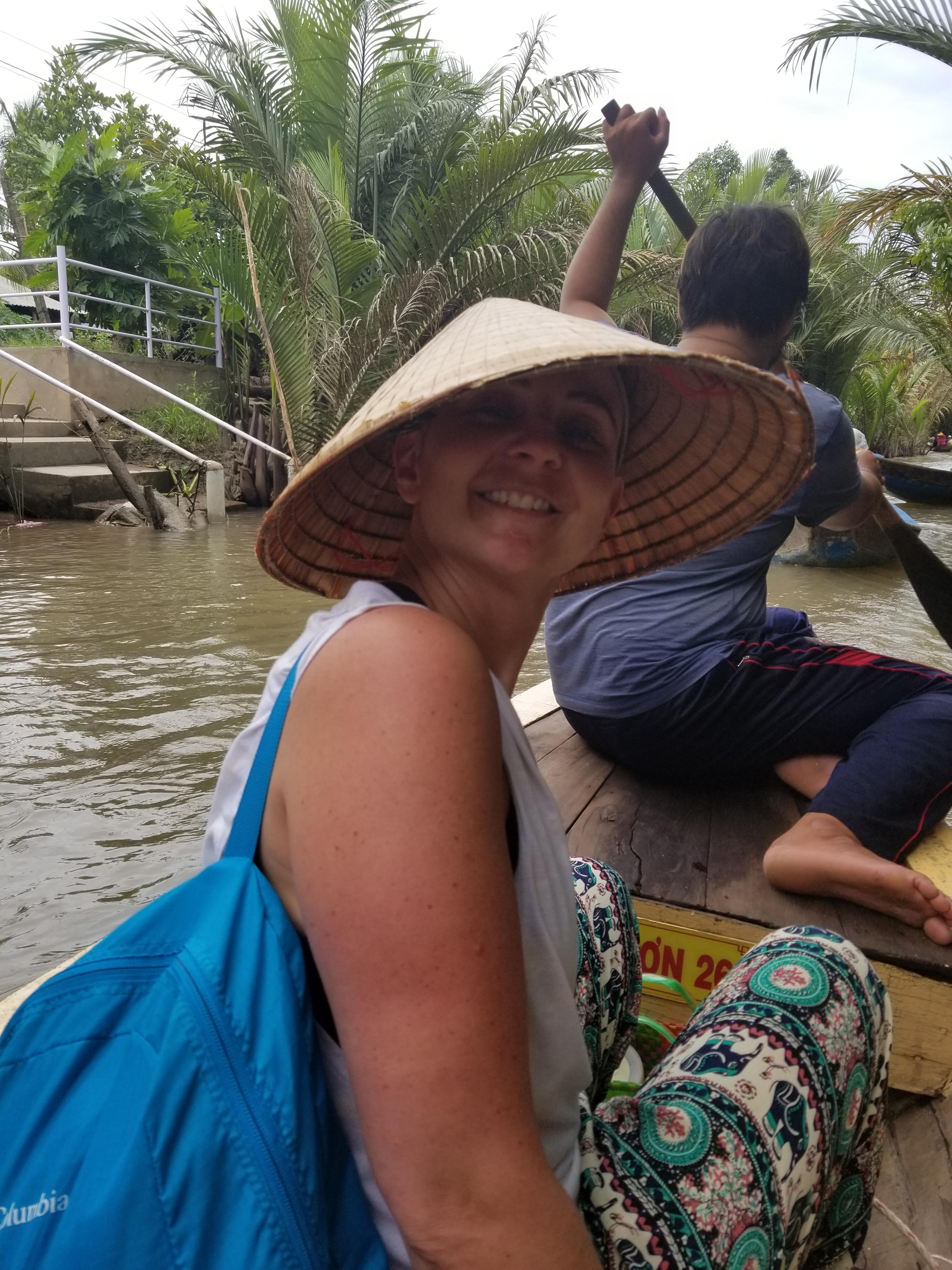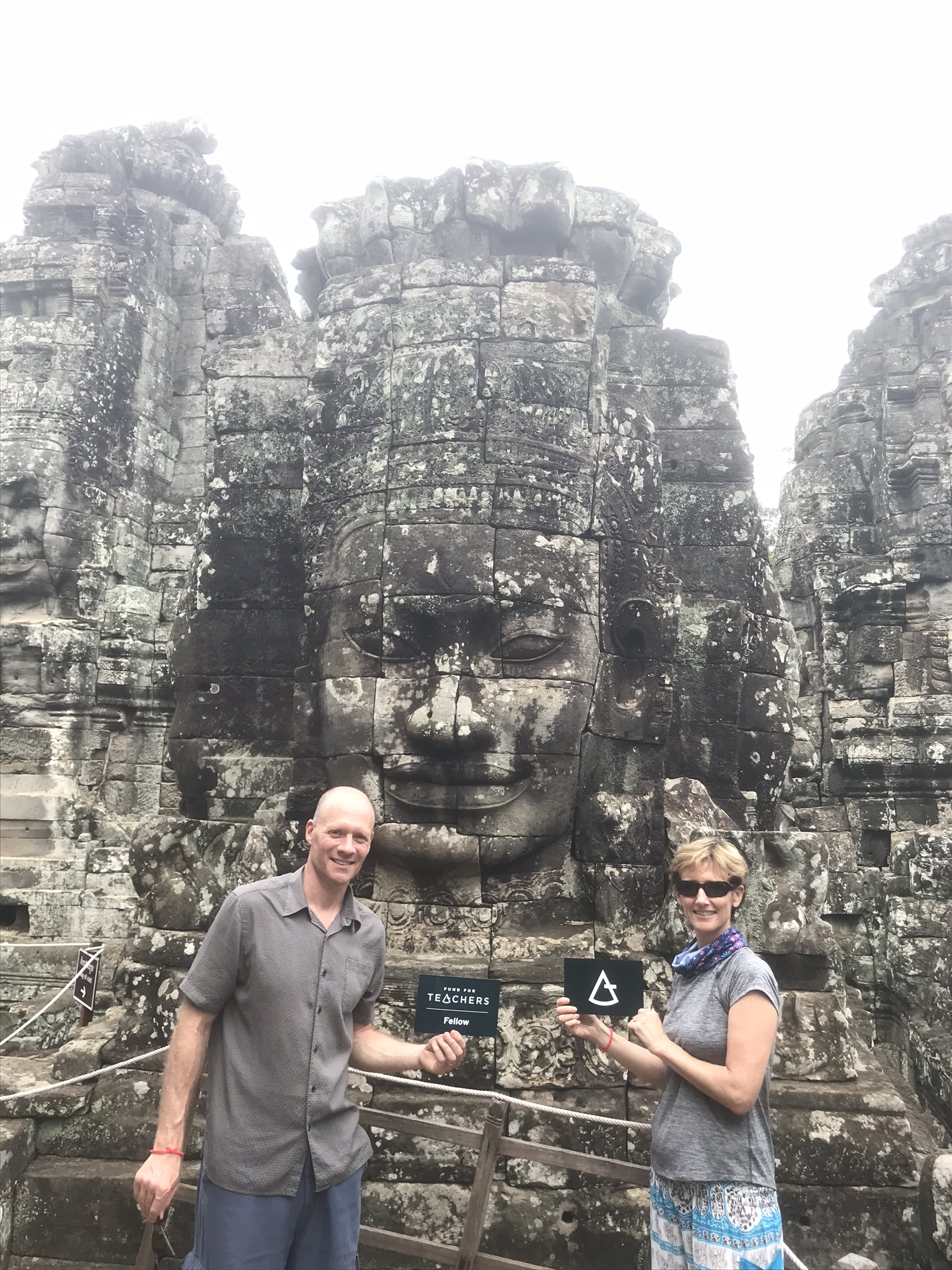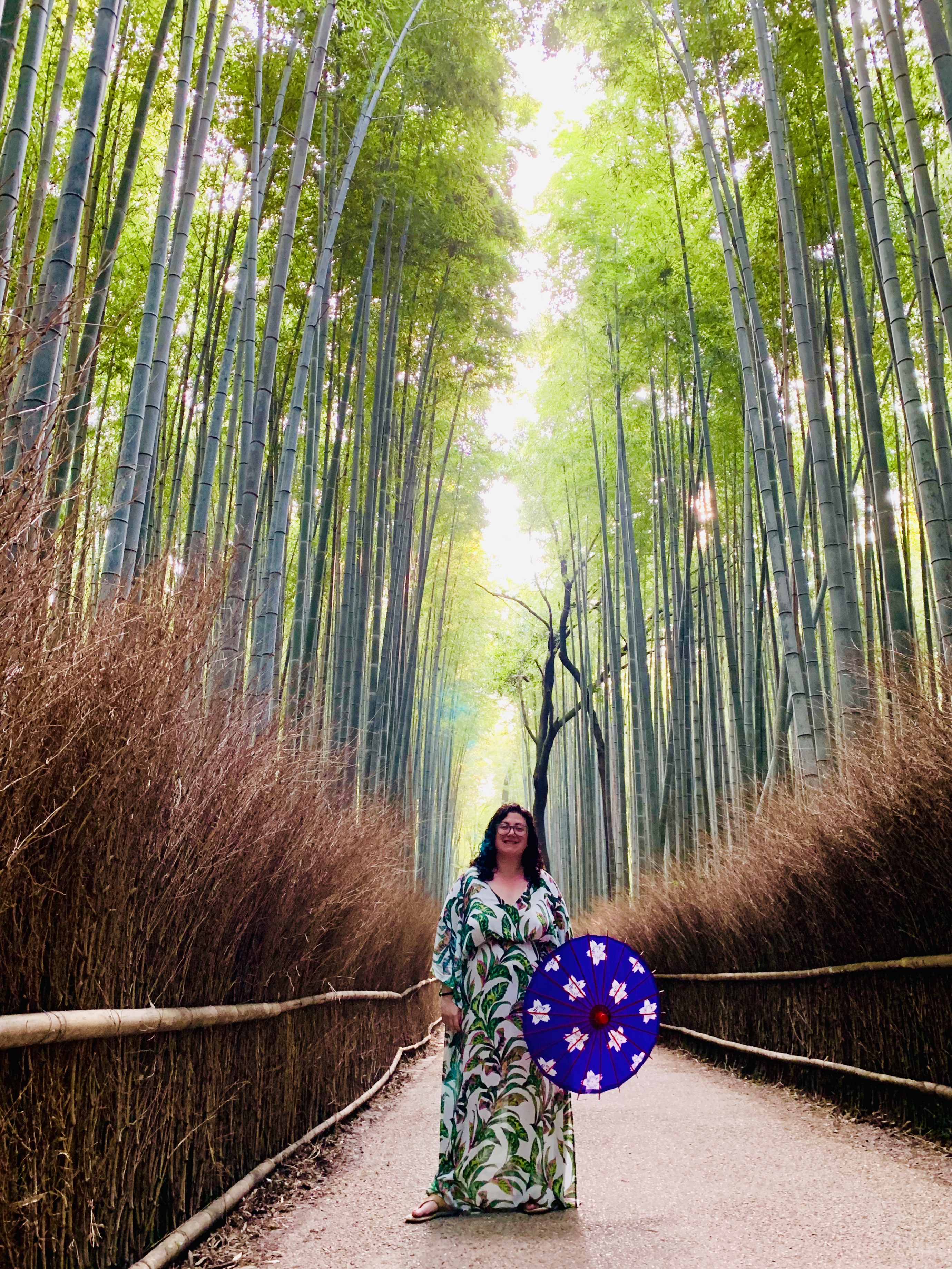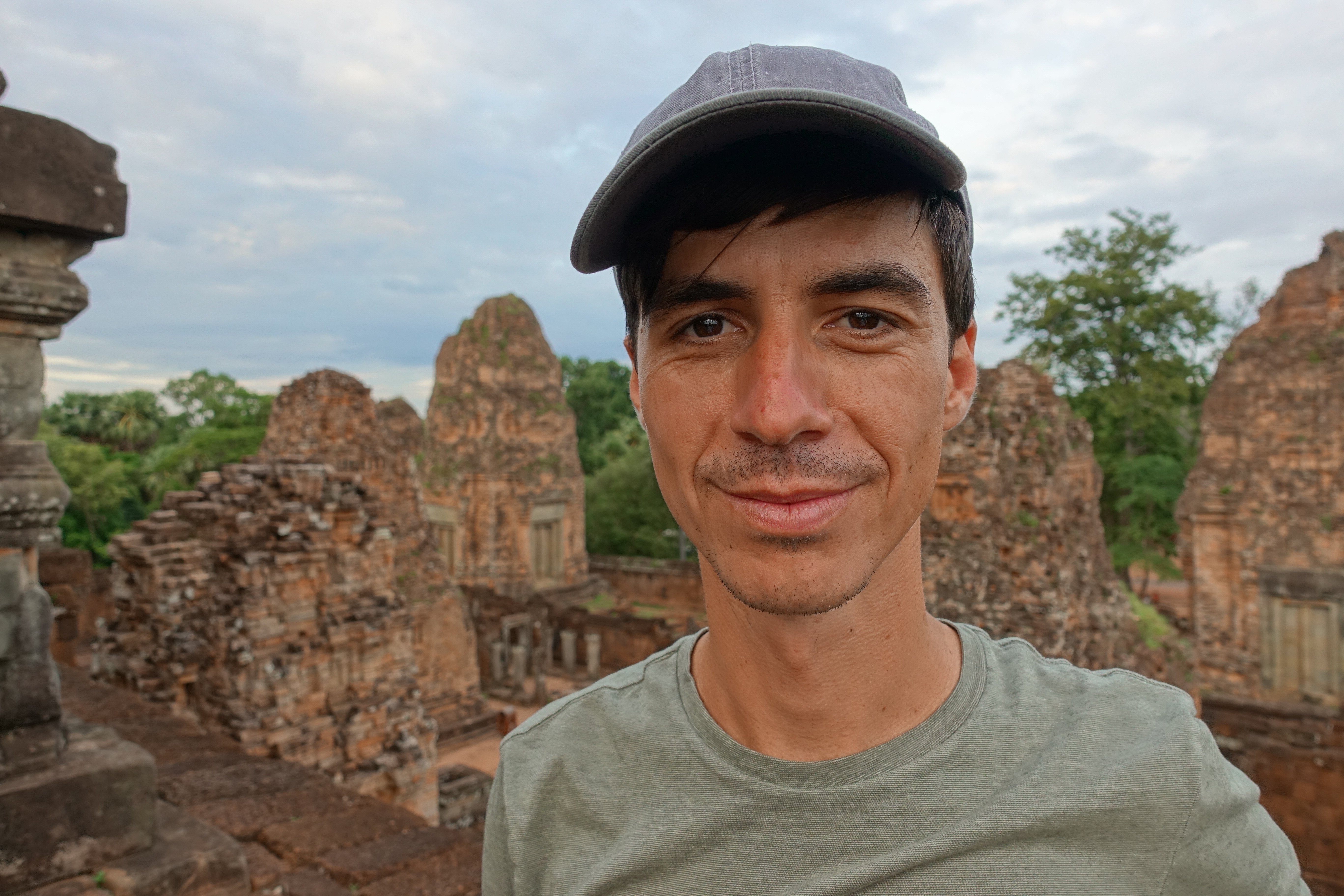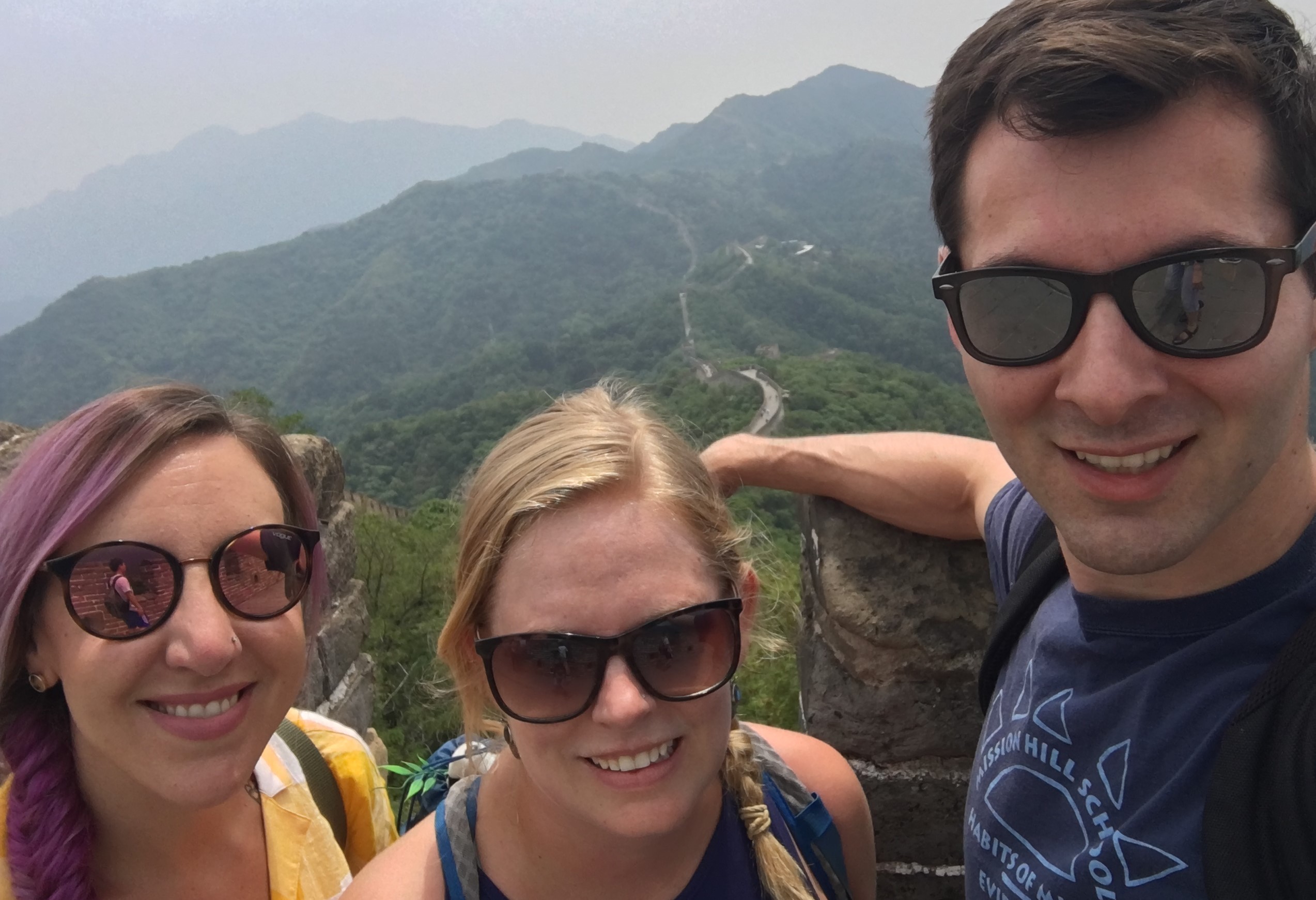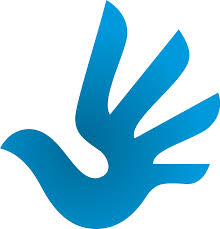 Human Rights Day is observed every year on 10 December — the day the United Nations General Assembly adopted, in 1948, the Universal Declaration of Human Rights (UDHR). The UDHR is a milestone document that proclaims the inalienable rights which everyone is entitled to as a human being – regardless of race, color, religion, sex, language, political or other opinion, national or social origin, property, birth or other status. Last summer, Jenn Nekolny and Christine Halblander (Jefferson Junior High School – Naperville, IL) used a Fund for Teachers grant to explore how physical and societal divisions in historical and contemporary Poland, Czechia, Austria and Germany impact human rights. They now supplement Social Studies and Language Arts curricula with their insight and experiences to enhance students’ knowledge around migration and refugee issues. In honor of all those striving for human rights, we share this reflection of “Team Mending Fences” and how their fellowship is impacting students’ awareness of humans’ rights.
Human Rights Day is observed every year on 10 December — the day the United Nations General Assembly adopted, in 1948, the Universal Declaration of Human Rights (UDHR). The UDHR is a milestone document that proclaims the inalienable rights which everyone is entitled to as a human being – regardless of race, color, religion, sex, language, political or other opinion, national or social origin, property, birth or other status. Last summer, Jenn Nekolny and Christine Halblander (Jefferson Junior High School – Naperville, IL) used a Fund for Teachers grant to explore how physical and societal divisions in historical and contemporary Poland, Czechia, Austria and Germany impact human rights. They now supplement Social Studies and Language Arts curricula with their insight and experiences to enhance students’ knowledge around migration and refugee issues. In honor of all those striving for human rights, we share this reflection of “Team Mending Fences” and how their fellowship is impacting students’ awareness of humans’ rights.
[minti_divider style=”3″ icon=”” margin=”20px 0px 20px 0px”]
Our fellowship allowed us to look at forced movement of targeted groups in Krakow and Warsaw and the ghettos and camps that swallowed once peaceful lives. Museums and cultural centers in former East and West Germany allowed us to trace the lives of individuals and families. We then met today’s refugees and NGOs who work with them in Vienna and Berlin. Finally, we stayed with Jenn’s host parents and explored how small towns are welcoming asylum seekers.
It was very important for us to share our Fund for Teachers experiences with our students and school community. We were able to speak genuinely about the places we visited. When we shared our interviews and work with asylees, NGOs and individuals who are helping refugees, we spoke of them like they are true friends. Our students felt included in our FFT experience from the beginning; this enabled us to encourage even the most reluctant readers to read Refugee and create an Open House event for our community.
Our Open House was a great success! Each character/ time period/ journey of the novel Refugee, had a room with student-driven projects, maps, activities, and a food item that represented the culture. We were even able to expand the learning with a graphic novel, Illegal, and mini research boards that gave a refugee. migrant, or internally displaced person a personalized story.
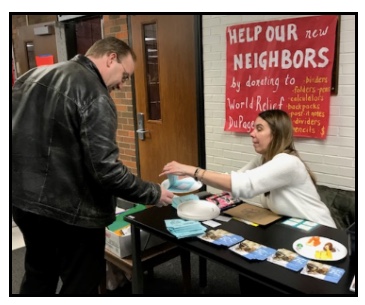 As guests entered the main entrance of our school, they were greeted by one of our School Board members who explained the reason for our event and the passport. As guests visited each of the four themed rooms, they earned a stamp in their passport for trying an activity, sampling a food item, or participating in a learning experience. After visiting all four rooms, completed passports were entered into a drawing to win gift cards to a local bookshop. Parents and kids had a great time with a little friendly competition to see who could earn their stamps!
As guests entered the main entrance of our school, they were greeted by one of our School Board members who explained the reason for our event and the passport. As guests visited each of the four themed rooms, they earned a stamp in their passport for trying an activity, sampling a food item, or participating in a learning experience. After visiting all four rooms, completed passports were entered into a drawing to win gift cards to a local bookshop. Parents and kids had a great time with a little friendly competition to see who could earn their stamps!
To add to our theme of learning about refugees, we collected school supplies to be donated to our local World Relief organization. Binders, backpacks, pencils, notebooks and folders were dropped off by families attending our event and will be given to newly- arrived school-aged children who need them.
Our entrance lobby was full of activity! This is where guests picked up and dropped off their passports, and also where our 8th grade students held a bake sale. Families donated baked goods and student volunteers were there to receive them, price them, and tell people about BikeyGees, an NGO that teaches refugee (and other women) how to ride bikes in order for them to have more freedom. BikeyGees is located in Berlin, Germany, and we were fortunate to work with them on our fellowship. We had a large poster explaining their mission, including photos taken while volunteering there. It was important for students (and families) to see where their donations of effort, time and money were going.
Our lobby was also the location for our one-of-a-kind bracelets. Each bracelet had a hand-stamped message (like HOPE or JOURNEY or our school mascot, PATRIOTS) and hand-tied strings. Students worked during lunch periods to create them and then asked for donations and talked with guests about the mission of BikeyGees and what is being done to assist refugees and asylees in other parts of the world.
Things were a little quieter in our focus rooms. Students spent weeks reading, discussing and organizing their work based on a character in the novel Refugee. Here are some scenes from Josef’s room (Nazi Germany, 1939). A poster asked “What’s in the family’s suitcase?” and the packed items chosen by students were labeled with detailed notes about a party dress that Josef’s mother might have worn, a Torah that Josef needed for his Bar Mitzvah, a stuffed bear for Josef’s little sister, Ruth, and a shawl for covering heads and shoulders for religious activities. Students practiced research and writing as they worked together on this, then guided guests in Josef’s journey. Staying in the heart of Kazimierz and visiting Auschwitz- Birkenau allowed us to discuss some of the connected historical events. Next to the suitcase, visitors use Post-its to write something they would take if they suddenly had to leave home.
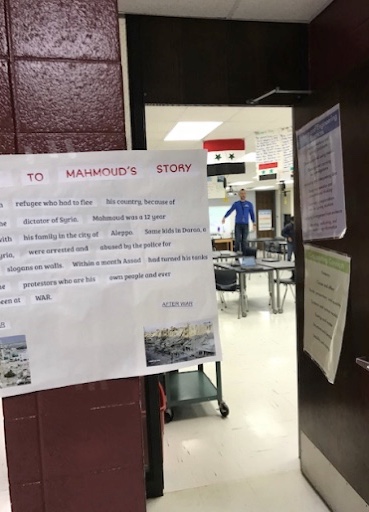 Mahmoud’s room (Syria, 2015) welcomed visitors with a summary of his story and the “official” flag of Syria and “rebel” flag of Syria. Students explained the symbols on a poster and students sewed the flags with fabric and felt, guided by our Family and Consumer Sciences (FACS) teacher. Here, students and one of our EL teachers get the room ready for guests. Students designed the room as if guests were following Mahmoud’s journey on land and sea. Chapter highlights explained where he went and why with maps, photographs, and research. The tension of his journey built as each station was reached by visitors. Students learned how to make hummus in their FACS classes and paired it with vegetables for guests to enjoy. Each plate is divided into fourths, with the name of each country written on one fourth of the plate. This helped us to cut down on waste and allowed guests to start in any room and travel “around the world” with their plates and passports.
Mahmoud’s room (Syria, 2015) welcomed visitors with a summary of his story and the “official” flag of Syria and “rebel” flag of Syria. Students explained the symbols on a poster and students sewed the flags with fabric and felt, guided by our Family and Consumer Sciences (FACS) teacher. Here, students and one of our EL teachers get the room ready for guests. Students designed the room as if guests were following Mahmoud’s journey on land and sea. Chapter highlights explained where he went and why with maps, photographs, and research. The tension of his journey built as each station was reached by visitors. Students learned how to make hummus in their FACS classes and paired it with vegetables for guests to enjoy. Each plate is divided into fourths, with the name of each country written on one fourth of the plate. This helped us to cut down on waste and allowed guests to start in any room and travel “around the world” with their plates and passports.
We met several Syrian refugees on our fellowship–a car mechanic, a dentist, a student, a mother–all had such a love for their country and a desire to help others. We were able to show students that a country might have issues with politics and war, but the individuals each have a story that isn’t what’s portrayed on the news.
In Isabel’s room (Cuba, 1994), students wanted to mimic the sights, sounds and tastes of Cuba so guests would feel a little of the island on our cold February Open House night. There was a selfie station with a “wet foot/ dry foot” beach theme to represent Isabel’s goal of taking the boat to “El Norte” (the United States). Students used bright colors as a tablecloth for the pineapple and mango skewers dusted with Tajin fruit spice. They did a great job encouraging people to try the Tajin! Our population of families from Mexico and the Caribbean were happy to taste something familiar to their culture.
The entry to Isabel’s room included a game of chance (after all, that’s what we saw over and over in our fellowship) that directed guests to different experiences, including a station with QR codes that linked to videos that taught the rhythm of the clave. Our music teachers worked with students to create short videos at beginner, intermediate, and advanced levels and provided the clave percussion instruments to try.
To enhance our learning, we added the graphic novel Illegal, by Eoin Colfer and Andrew Donkin. Families were introduced to the story of Ebo, a Ghanian boy who leaves his village in search of his brother and sister, who had led before him. Ebo must travel by land and sea, across lonely deserts and through huge cities, always alone. The people he meets along his journey help to guide him as he learns about his own strength. We were able to connect the idea of the “helpers” in his fiction story with what we had learned from Mohammad, Bahar, Tarik and Mo, asylum seekers we had met in Vienna, Berlin, Puchenstuben, and Leipzig. As students read Ebo’s story in Language Arts, we were also talking about cocoa farming and labor practices in Social Studies. As we researched, students found that the Lindt chocolate company had made significant changes to their practices and their cocoa harvesting. Because of this, students chose Lindt chocolate as the snack to represent Ghana (and families were very happy to have this sweet treat at the end of their passport tours through the rooms!).
In addition to reading the novels, students had a unique opportunity to design a complete experience for our Open House guests. From designing the room layouts to determining who would greet guests, explain stops in the rooms, and take care of set up and clean up, students worked together to create something to be proud of! Originally, we had planned to work with 7th grade Language Arts and our EL teachers and students, but as our project was building, many other staff and students became part of the event. Our FACS teacher worked with students to design and sew the Syrian flags and to make the hummus, our band and chorus teachers volunteered to teach students the clave rhythm and how to use the percussion instruments, our library staff offered a selection of books that went along with our theme and 8th grade students provided book reviews to encourage others to read them, the families of our 8th graders made goodies to be sold at the bake sale, a School Board member volunteered to work with World Relief to collect school items and greet guests in the lobby, and countless others offered support to our students for our event.
 In Social Studies, students selected a photo from #everydayrefugees and did further research on the reasons why that particular person or group would flee their country. They then added an enhanced caption and a map to show the refugee as an individual and not just a statistic. Students in our Dual Language Spanish classes practiced their reading and writing in the target language of Spanish with the same activity.
In Social Studies, students selected a photo from #everydayrefugees and did further research on the reasons why that particular person or group would flee their country. They then added an enhanced caption and a map to show the refugee as an individual and not just a statistic. Students in our Dual Language Spanish classes practiced their reading and writing in the target language of Spanish with the same activity.
The 8th grade students read connected fiction books and wrote reviews of them to encourage further reading. These were the students who helped with the idea of our fellowship last year as 7th graders; it was very special to have them as part of the Open House, too.
FFT granted us the opportunity to be students and explore the world in a unique way together. We asked a question and designed a plan to answer it. We wondered and through the journey learned about a global challenge and what other countries are doing to help. Our professional perspective changed because we are a team committed to creating a welcoming school community where we model and teach others to open our minds and hearts to the world and all it has to offer.
[minti_divider style=”3″ icon=”” margin=”20px 0px 20px 0px”]
Learn more about Jenn and Christine’s learning by reading their post-fellowship report here and accessing the Facebook page they made for students and families to follow.
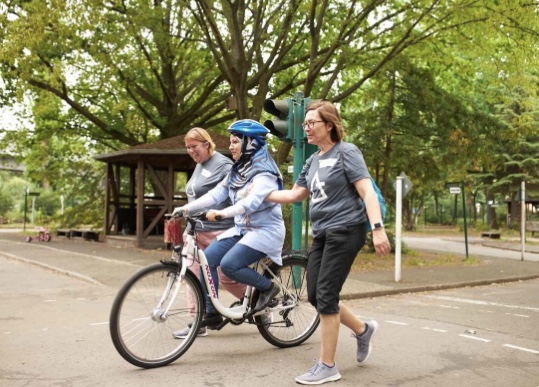
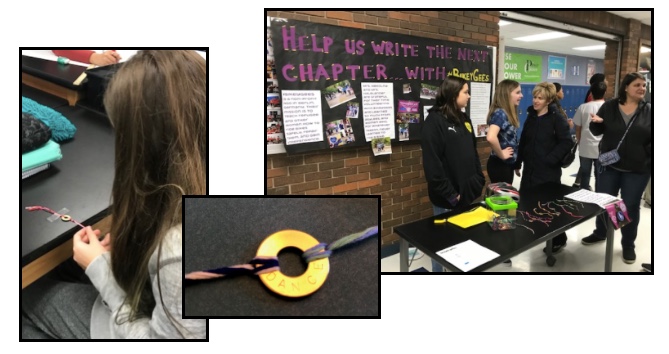
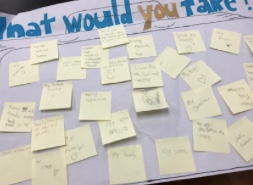
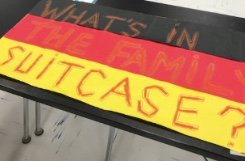
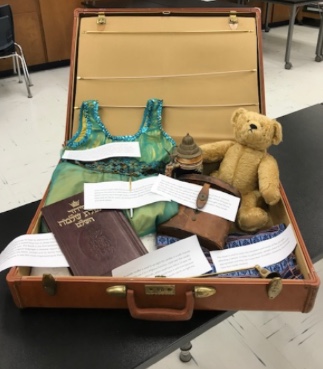
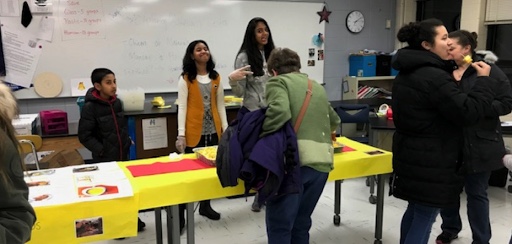
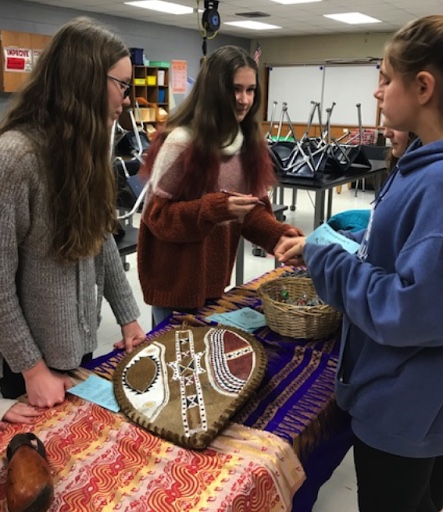
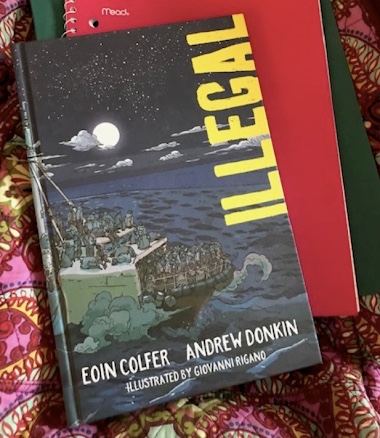

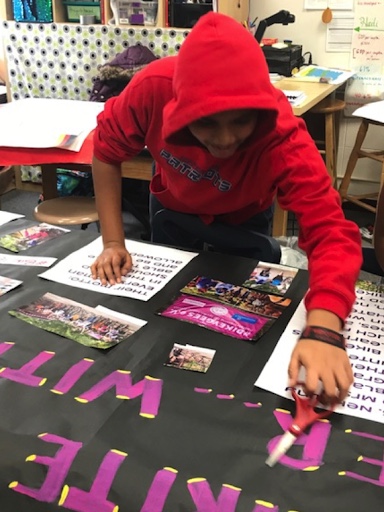
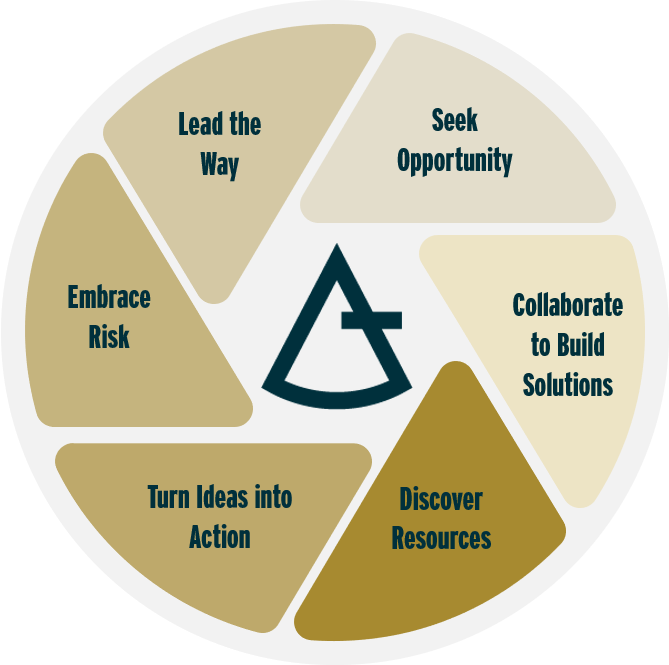
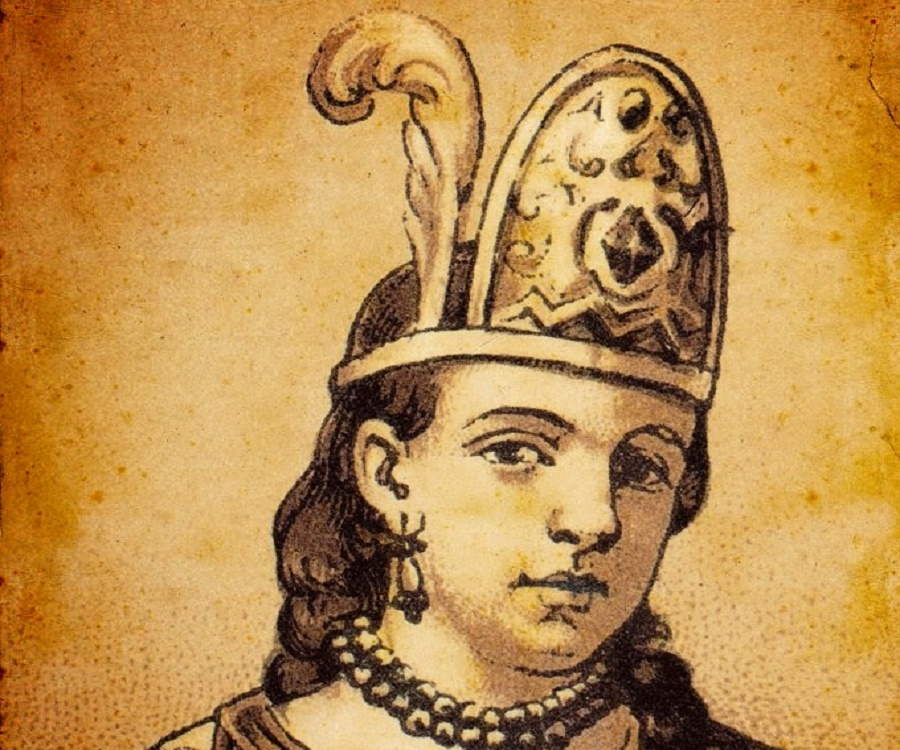
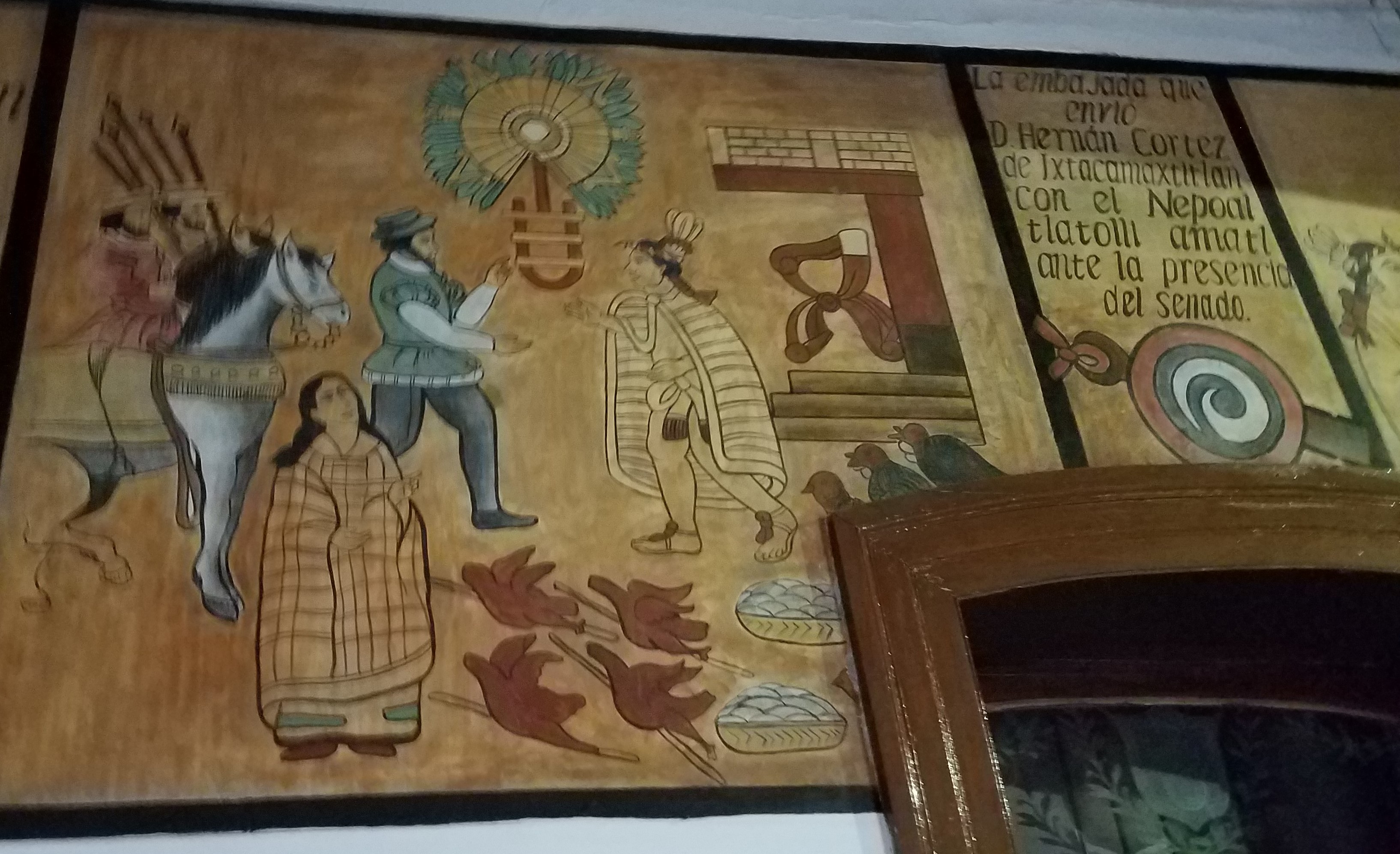
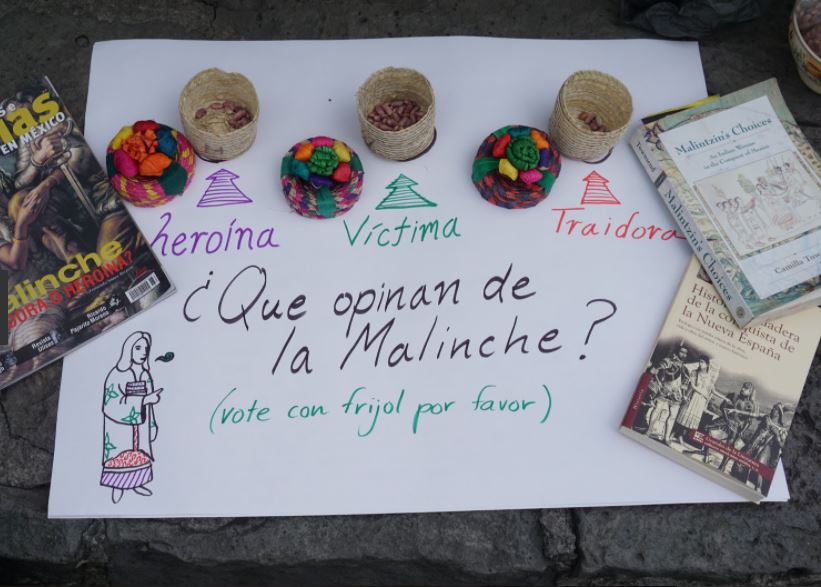

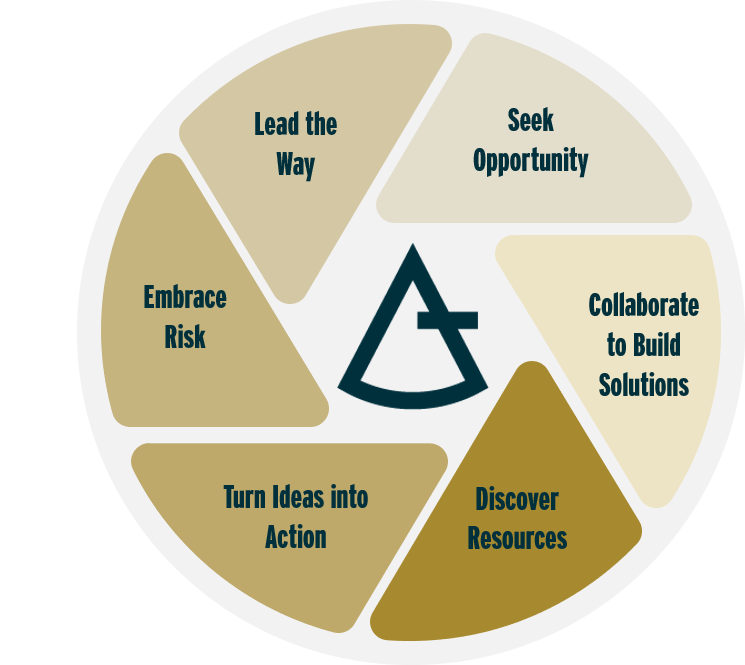
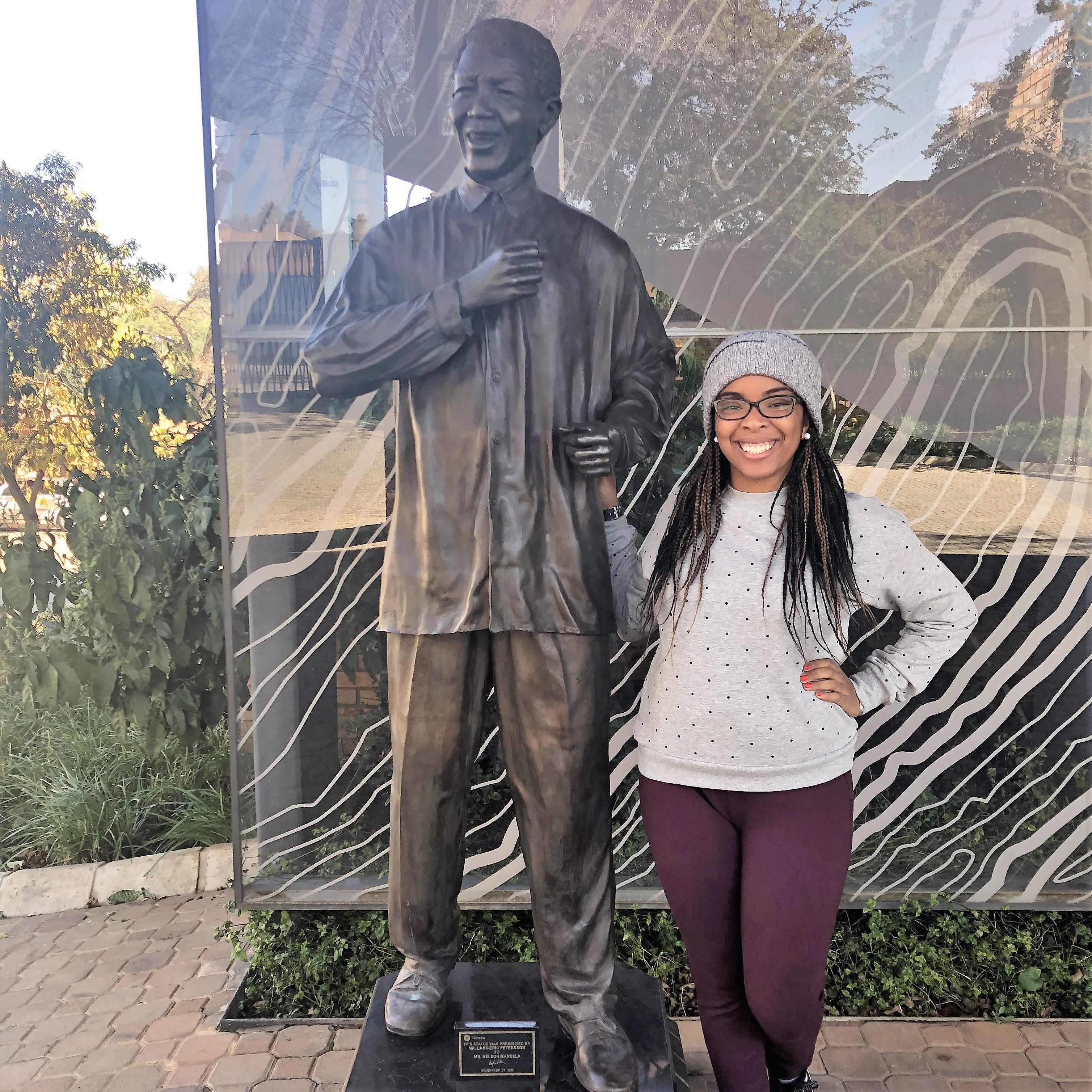
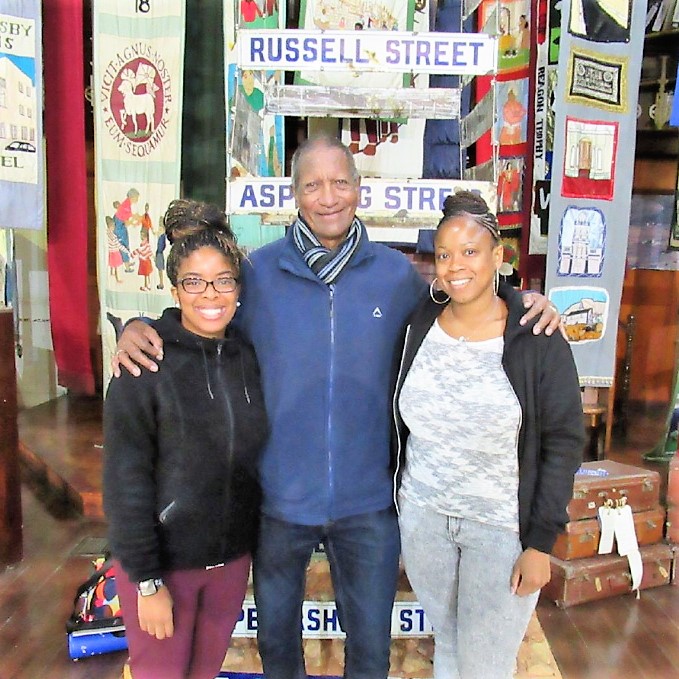
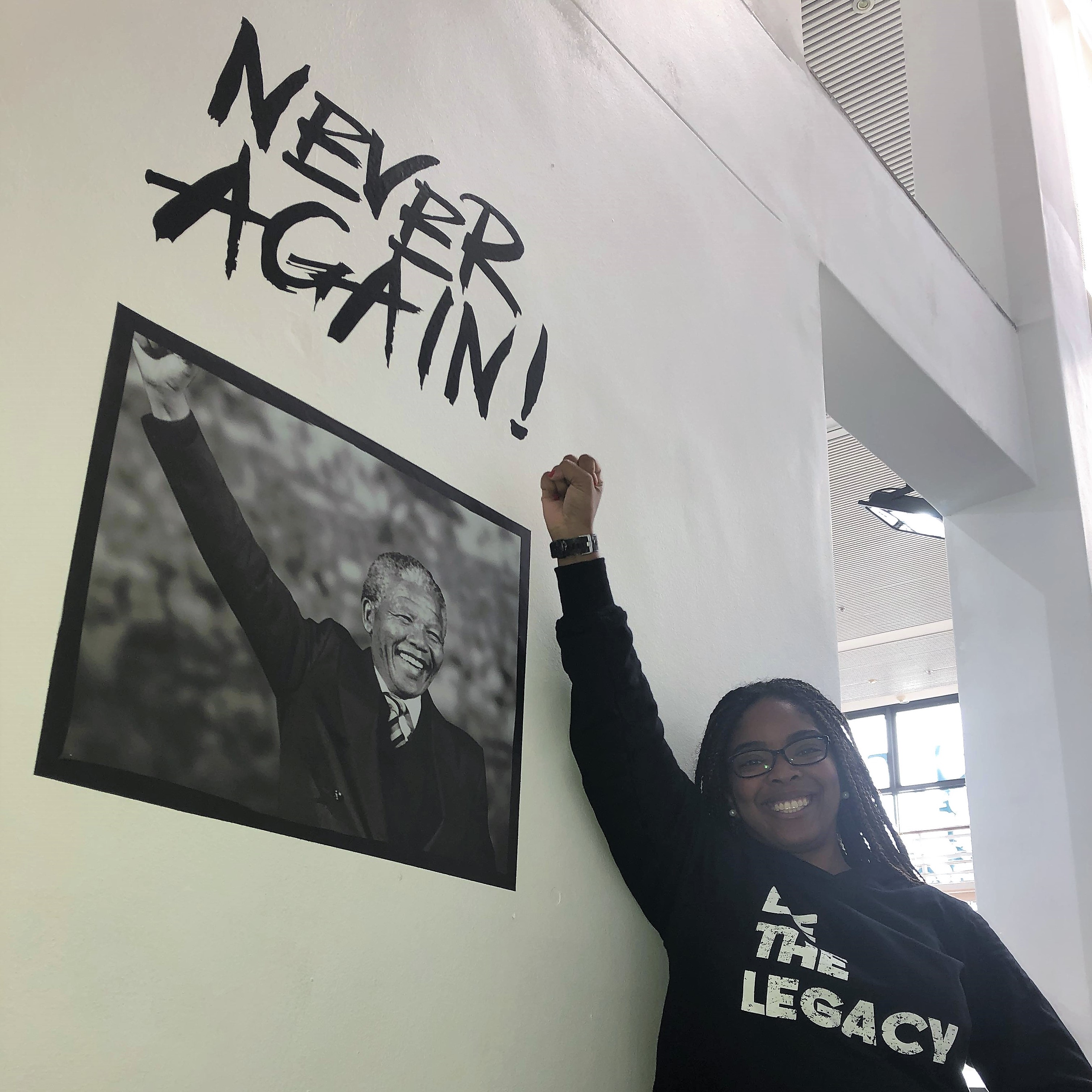
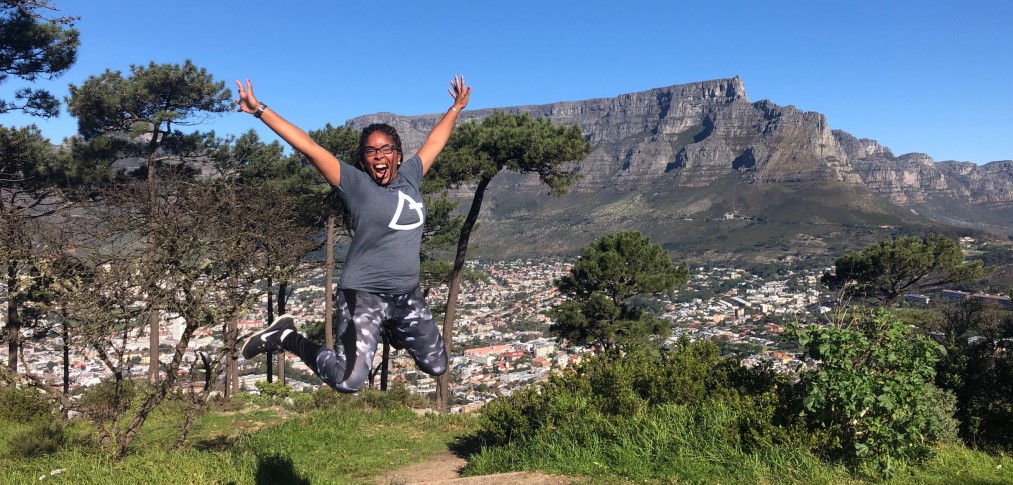
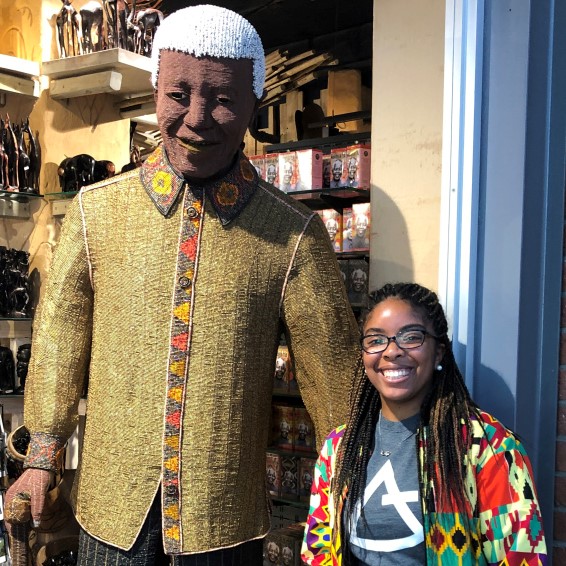

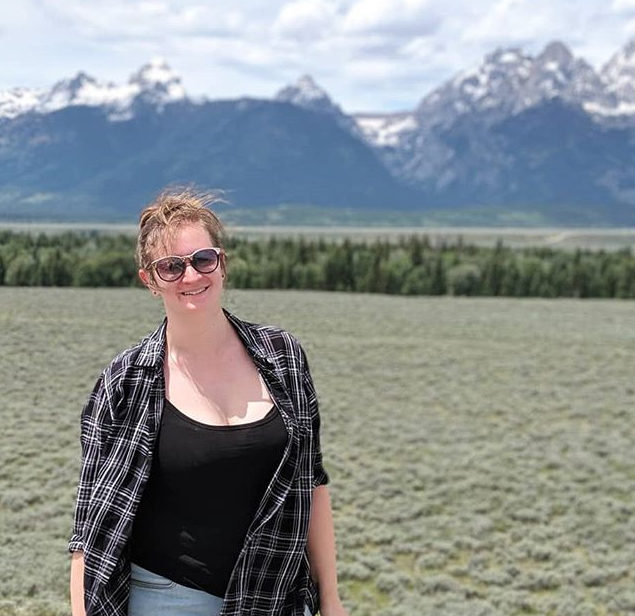
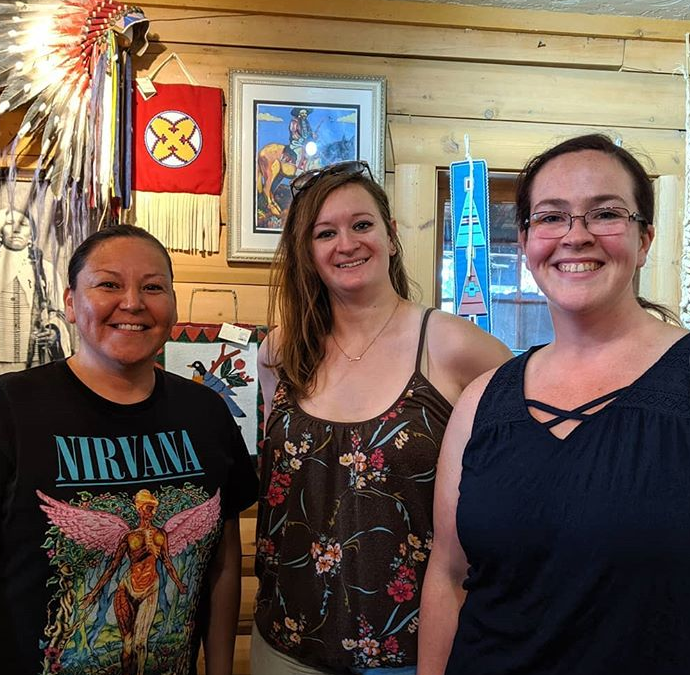
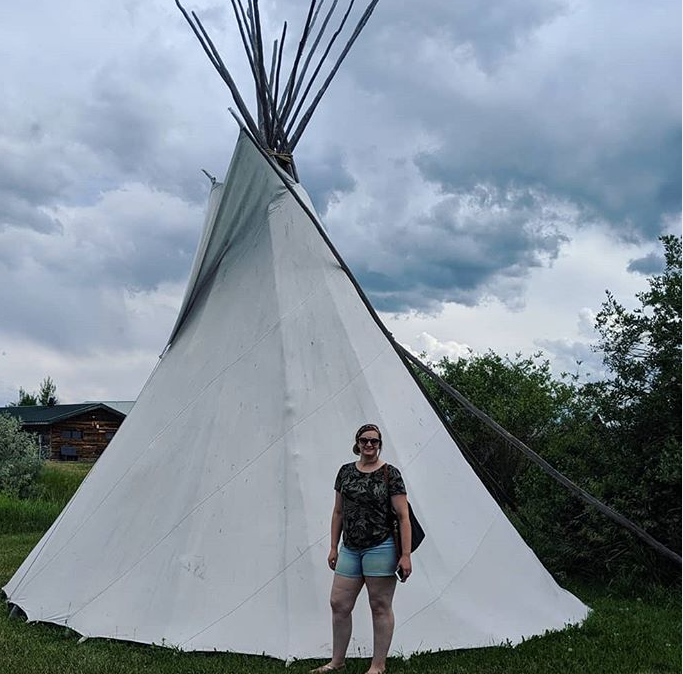
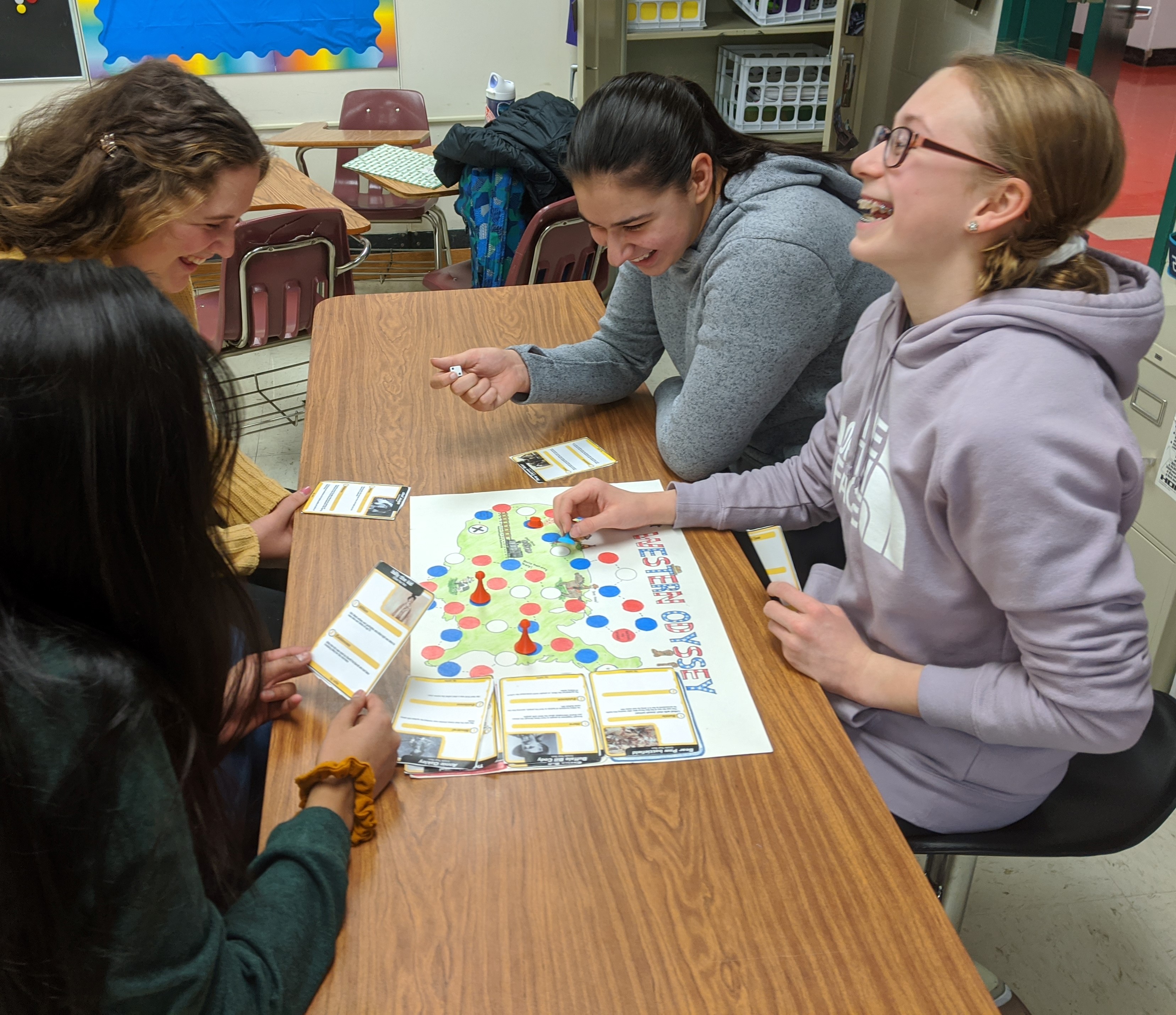
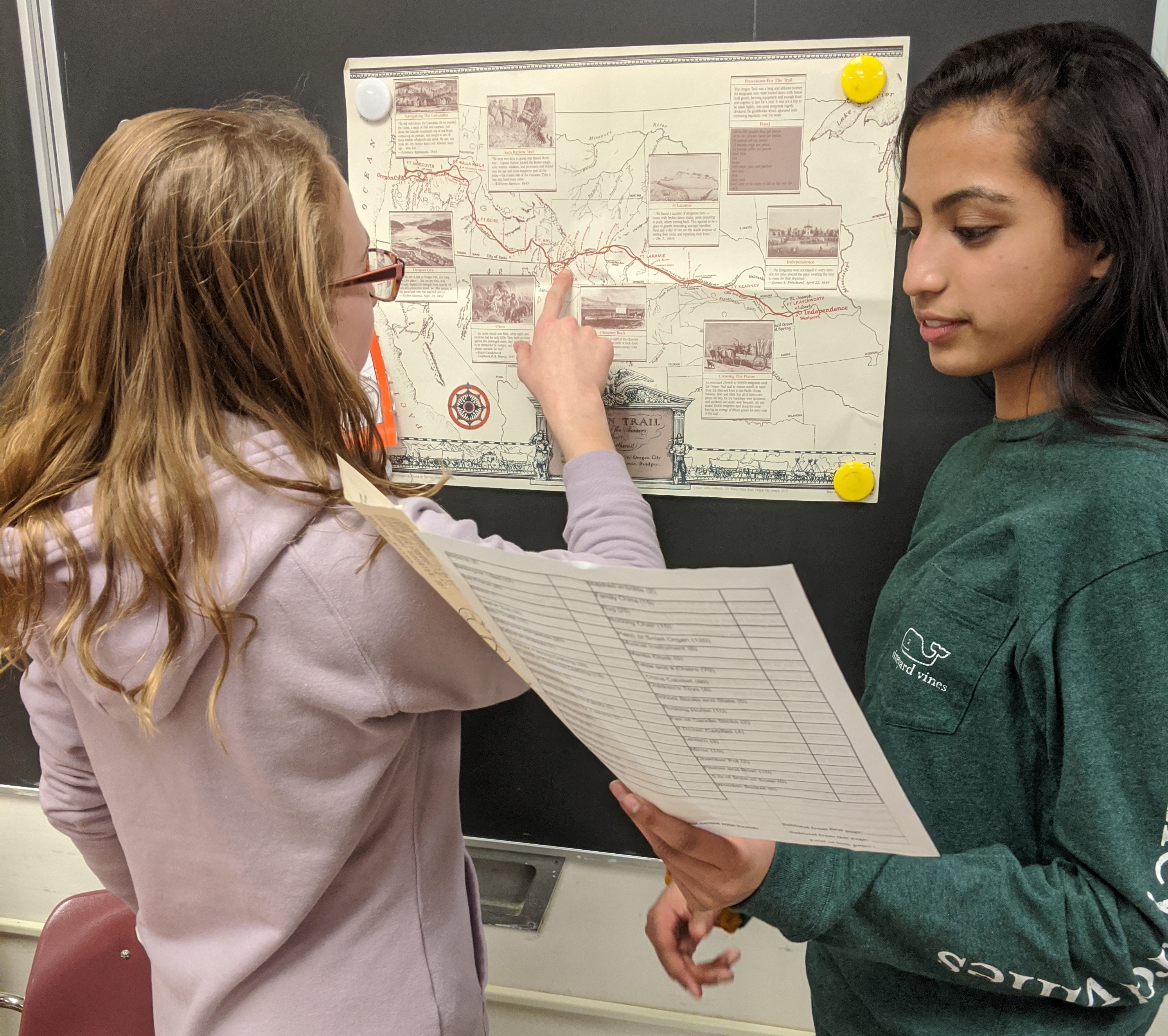
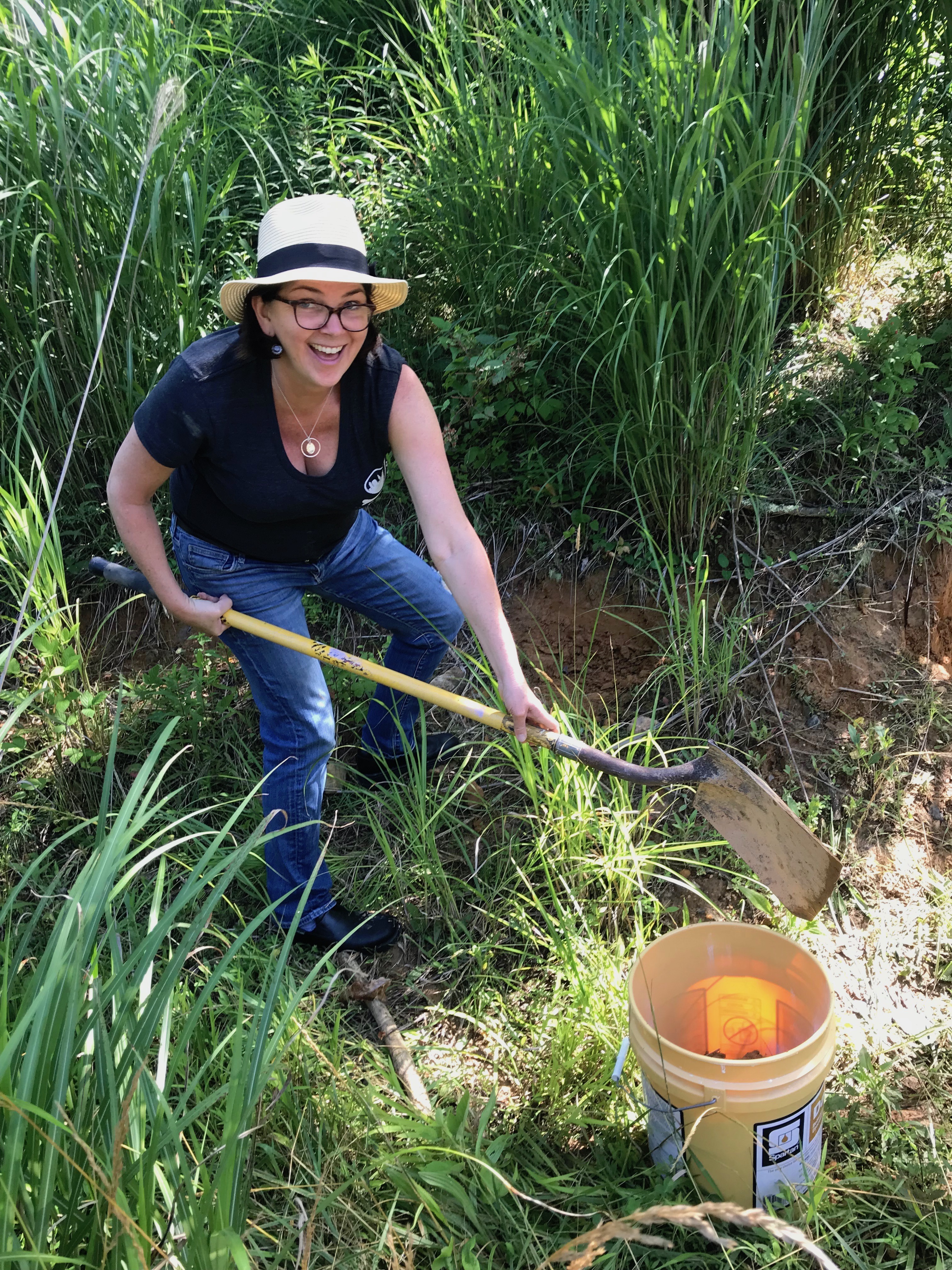
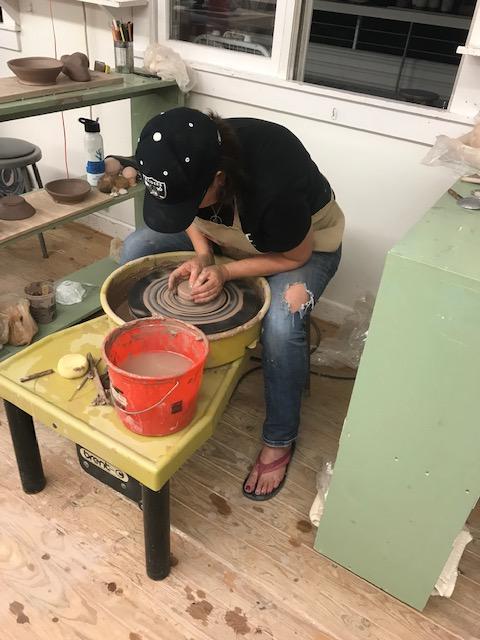
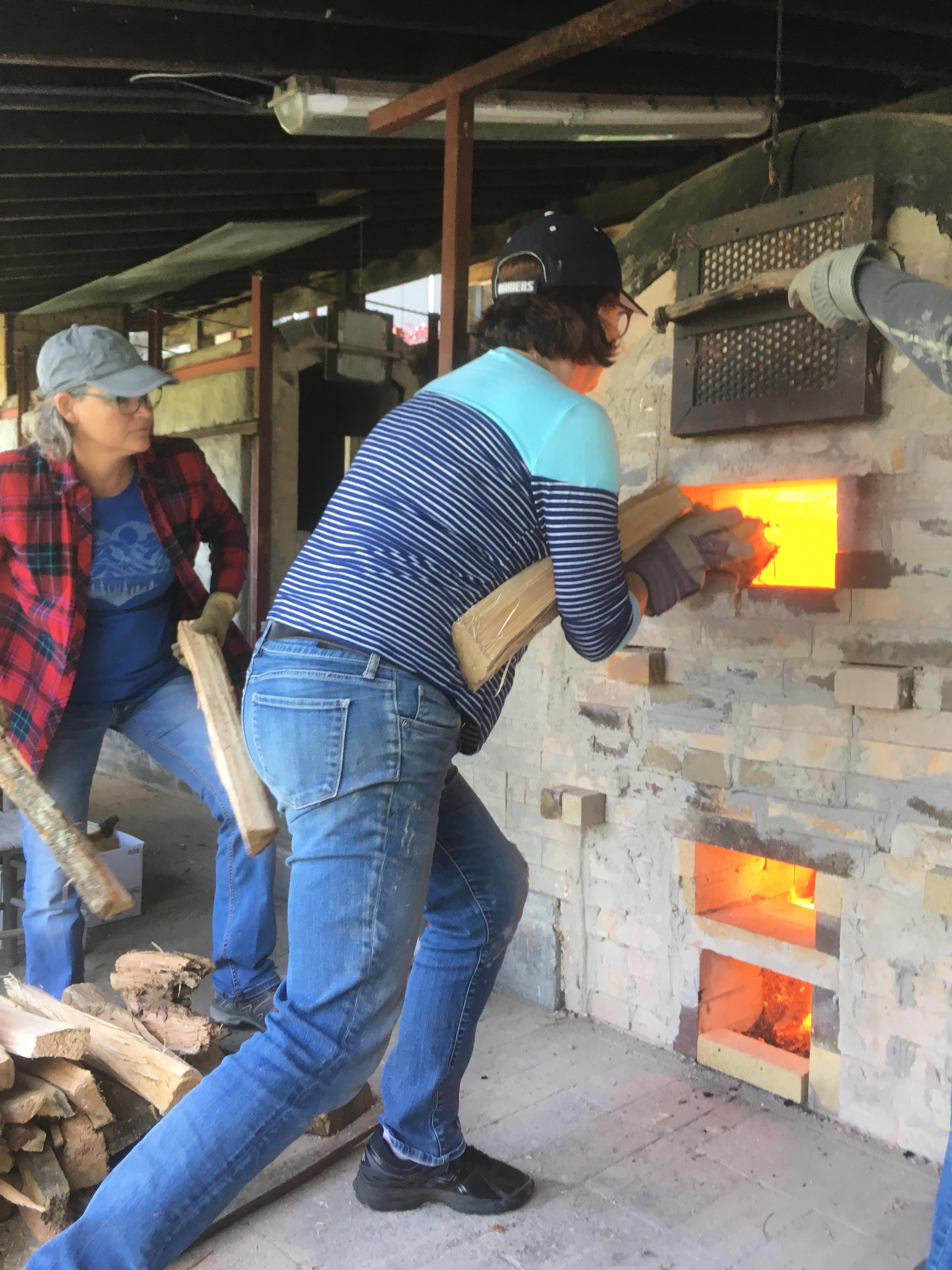
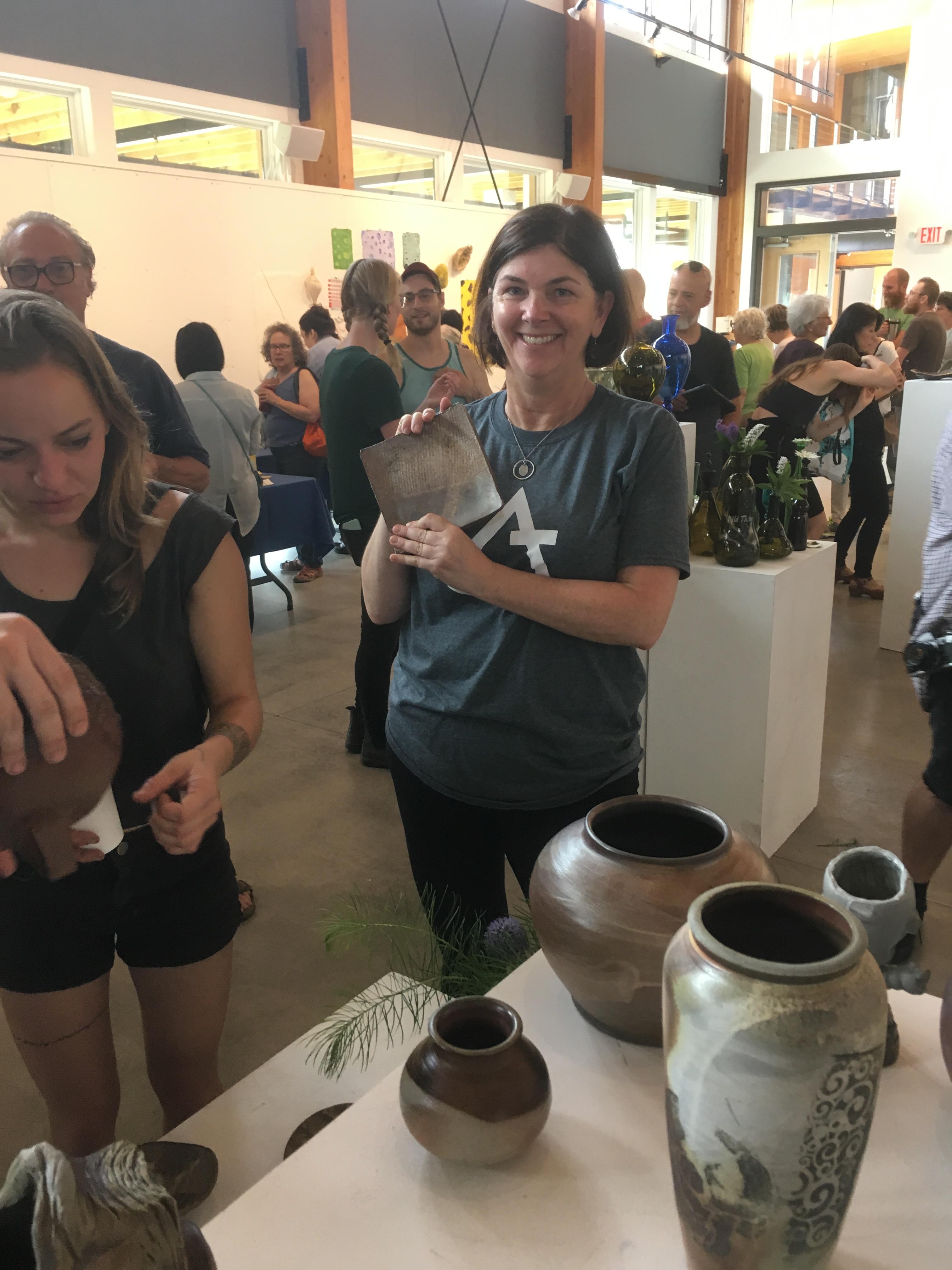
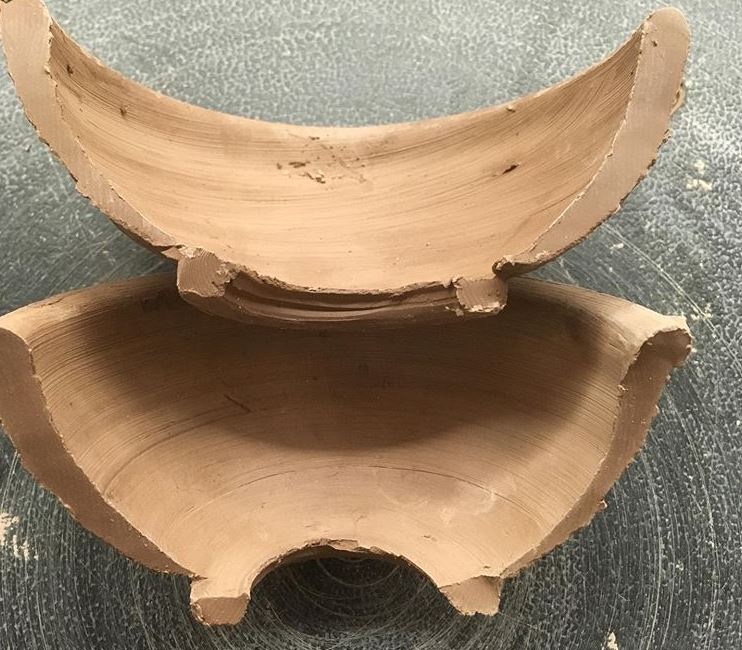
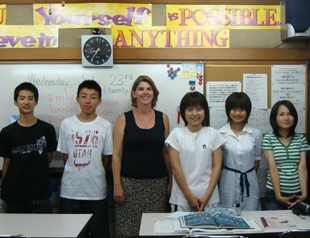
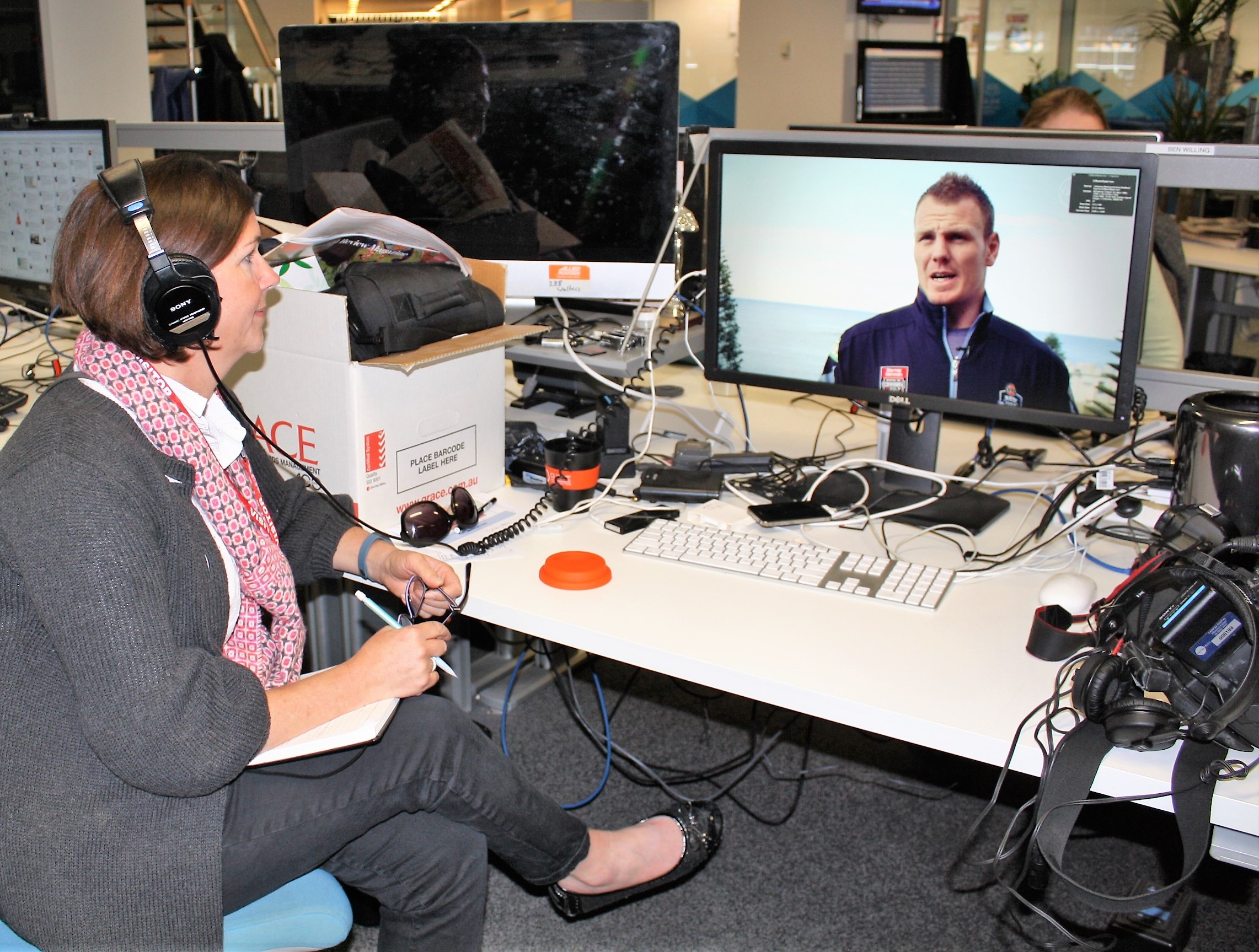

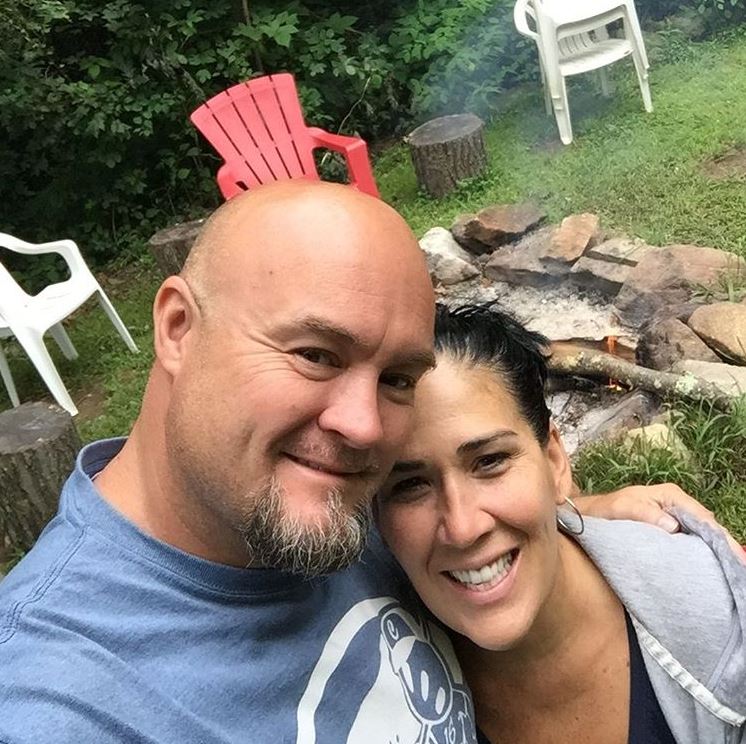



 We know that for students to truly succeed academically, they must see mirrors of themselves in our curricula – art, media, and text – and validation of their identities in our classroom spaces. While we can empathize with our students, as white female teachers, we do not truly understand the depth of our students’ experiences. To effectively understand our students’ experiences, we need to cross borders ourselves and experience the displacement our students have experienced traversing these borders.
We know that for students to truly succeed academically, they must see mirrors of themselves in our curricula – art, media, and text – and validation of their identities in our classroom spaces. While we can empathize with our students, as white female teachers, we do not truly understand the depth of our students’ experiences. To effectively understand our students’ experiences, we need to cross borders ourselves and experience the displacement our students have experienced traversing these borders.

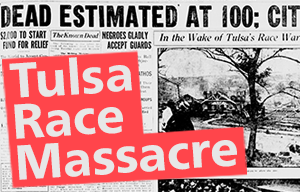
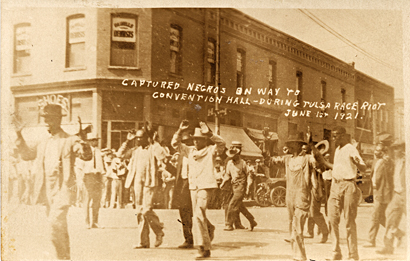
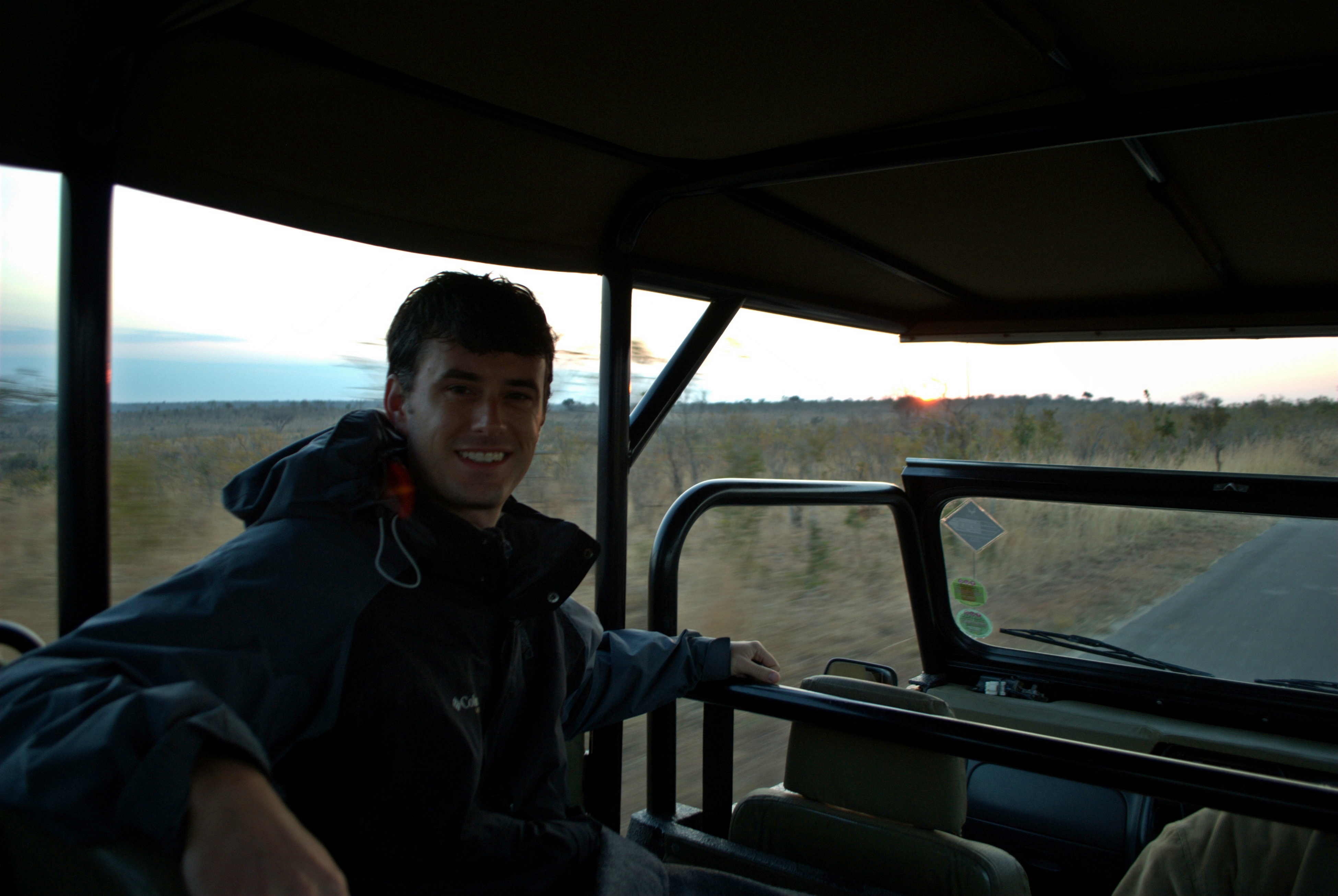
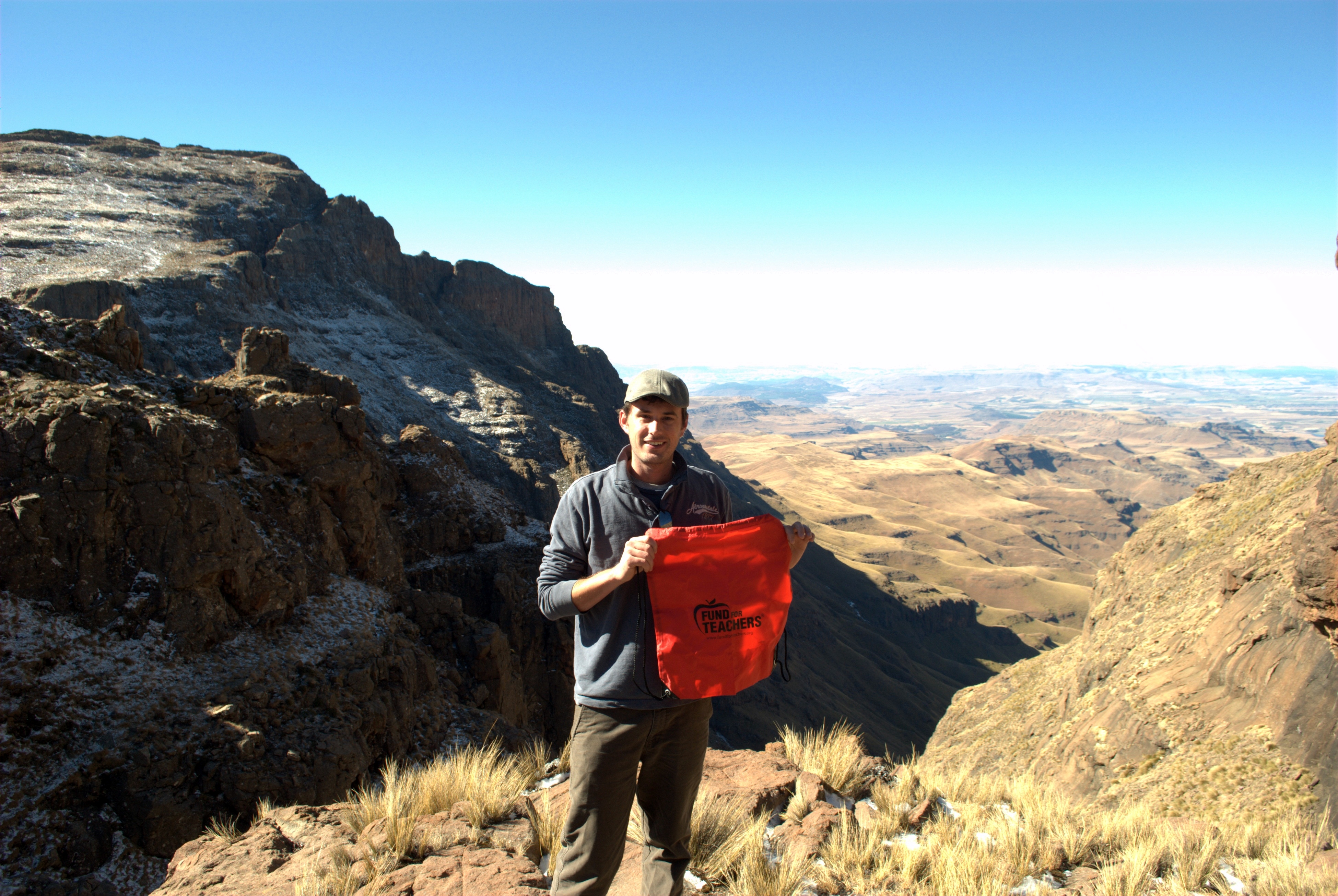
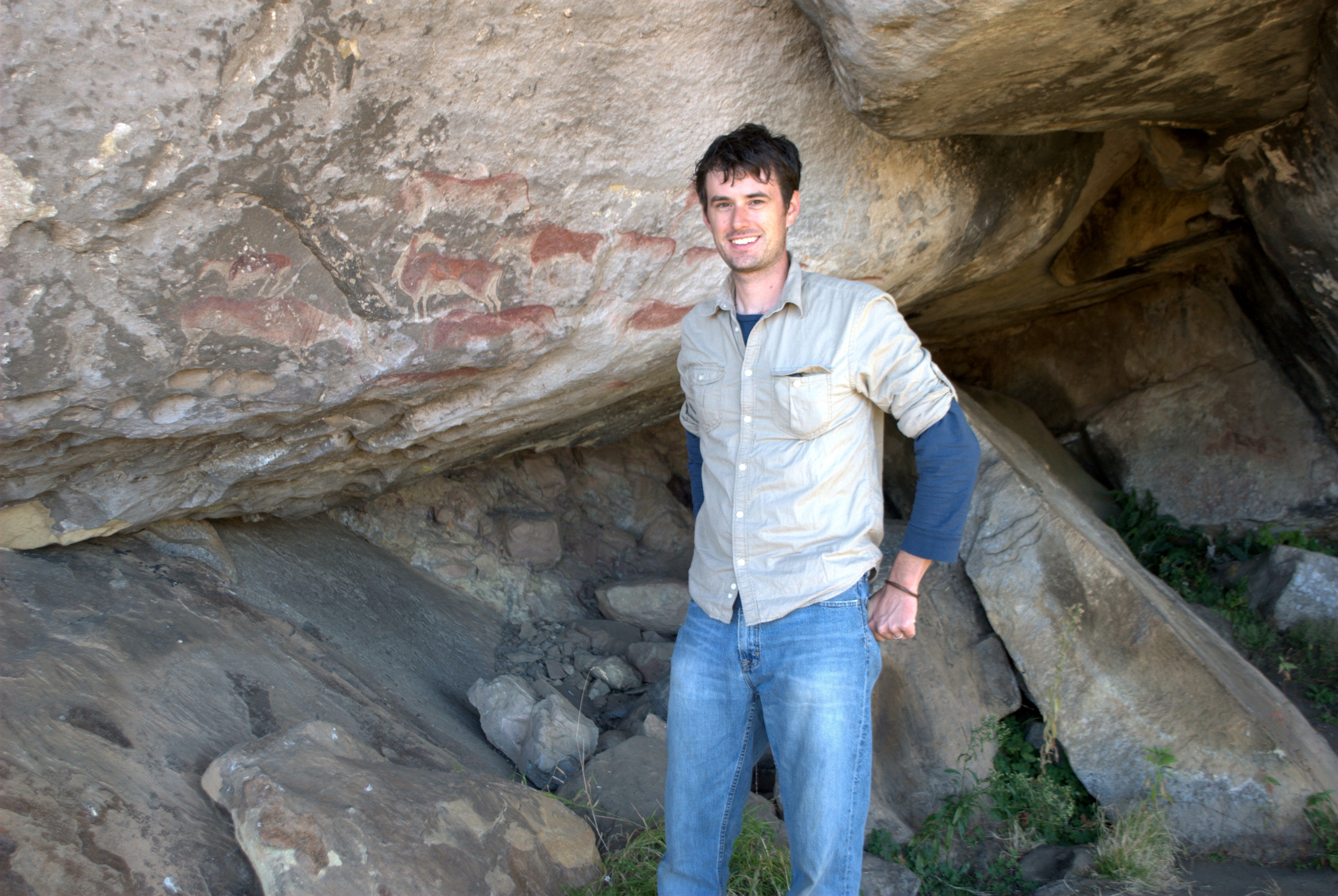
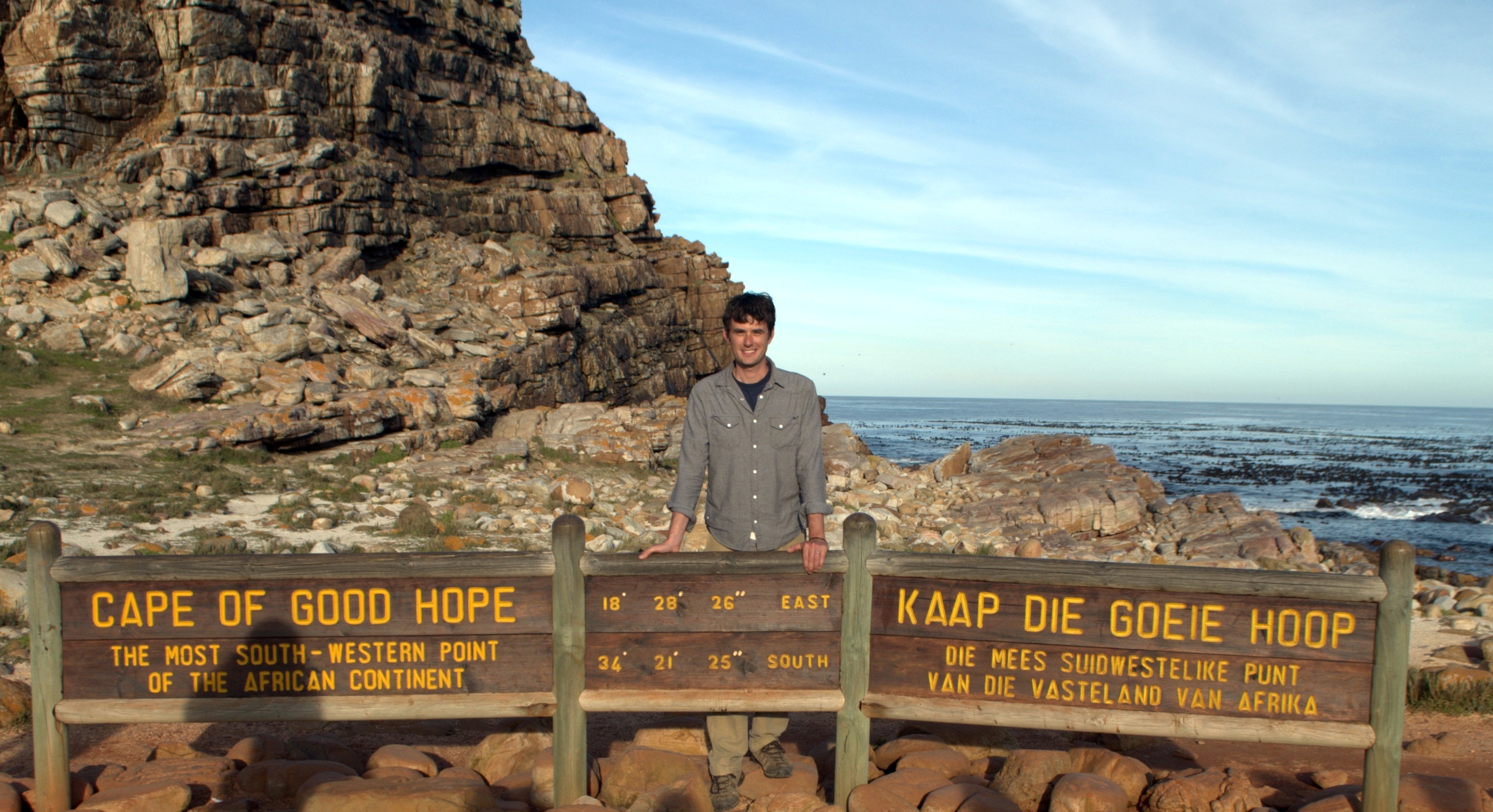
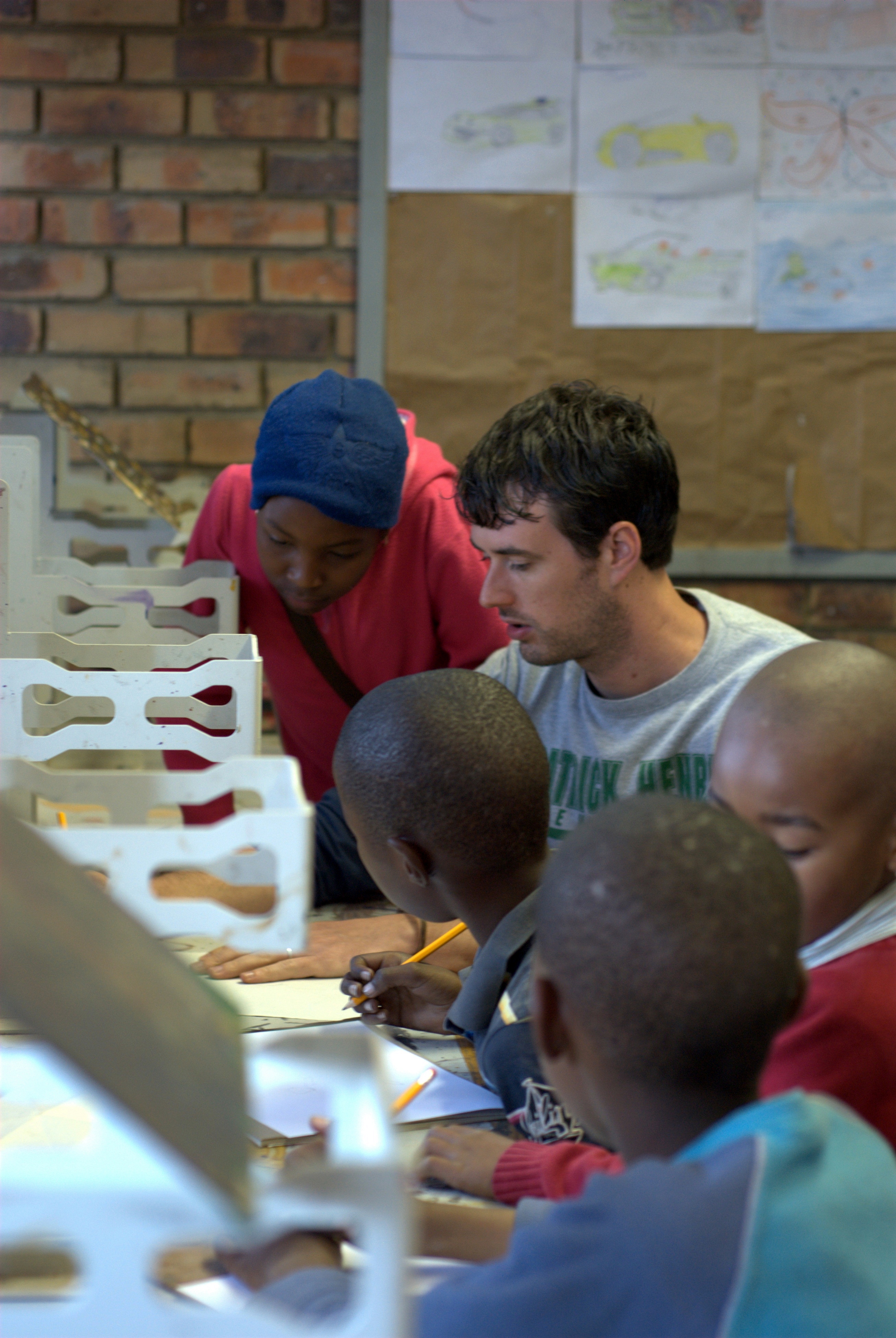 [minti_divider style=”3″ icon=”” margin=”20px 0px 20px 0px”]
[minti_divider style=”3″ icon=”” margin=”20px 0px 20px 0px”]
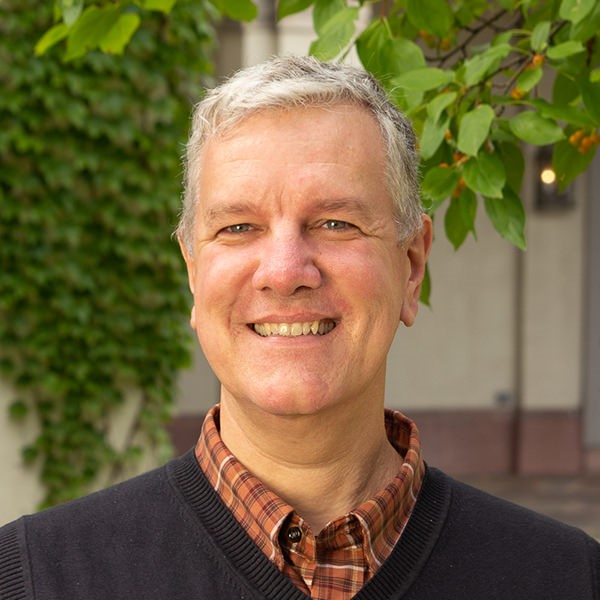
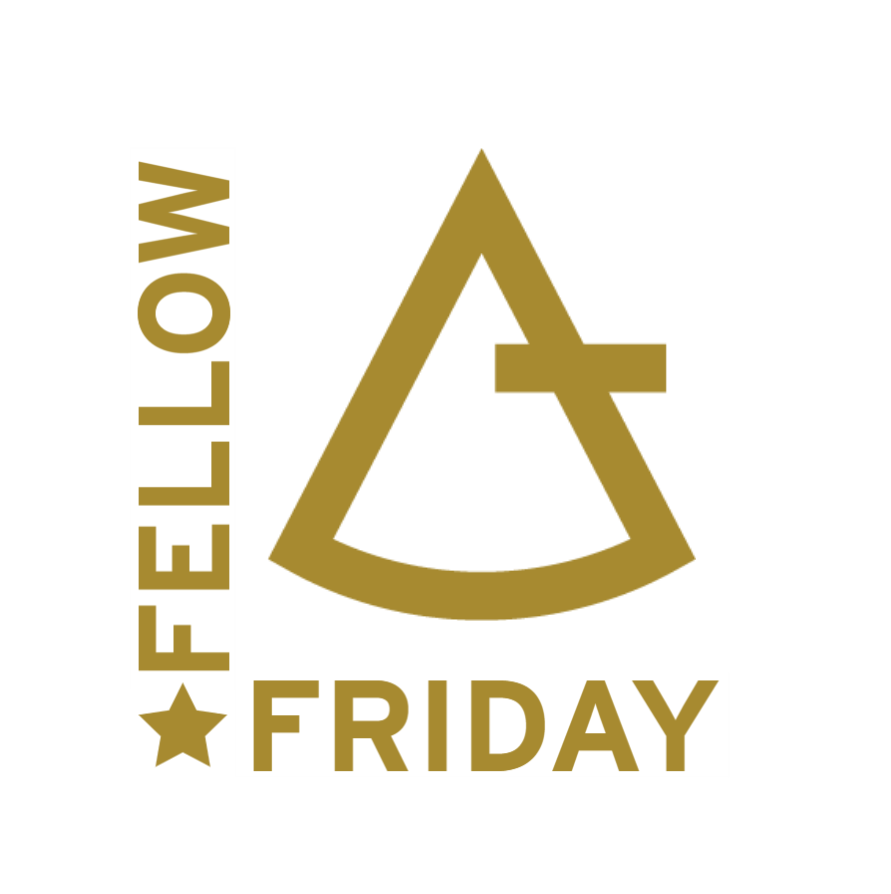
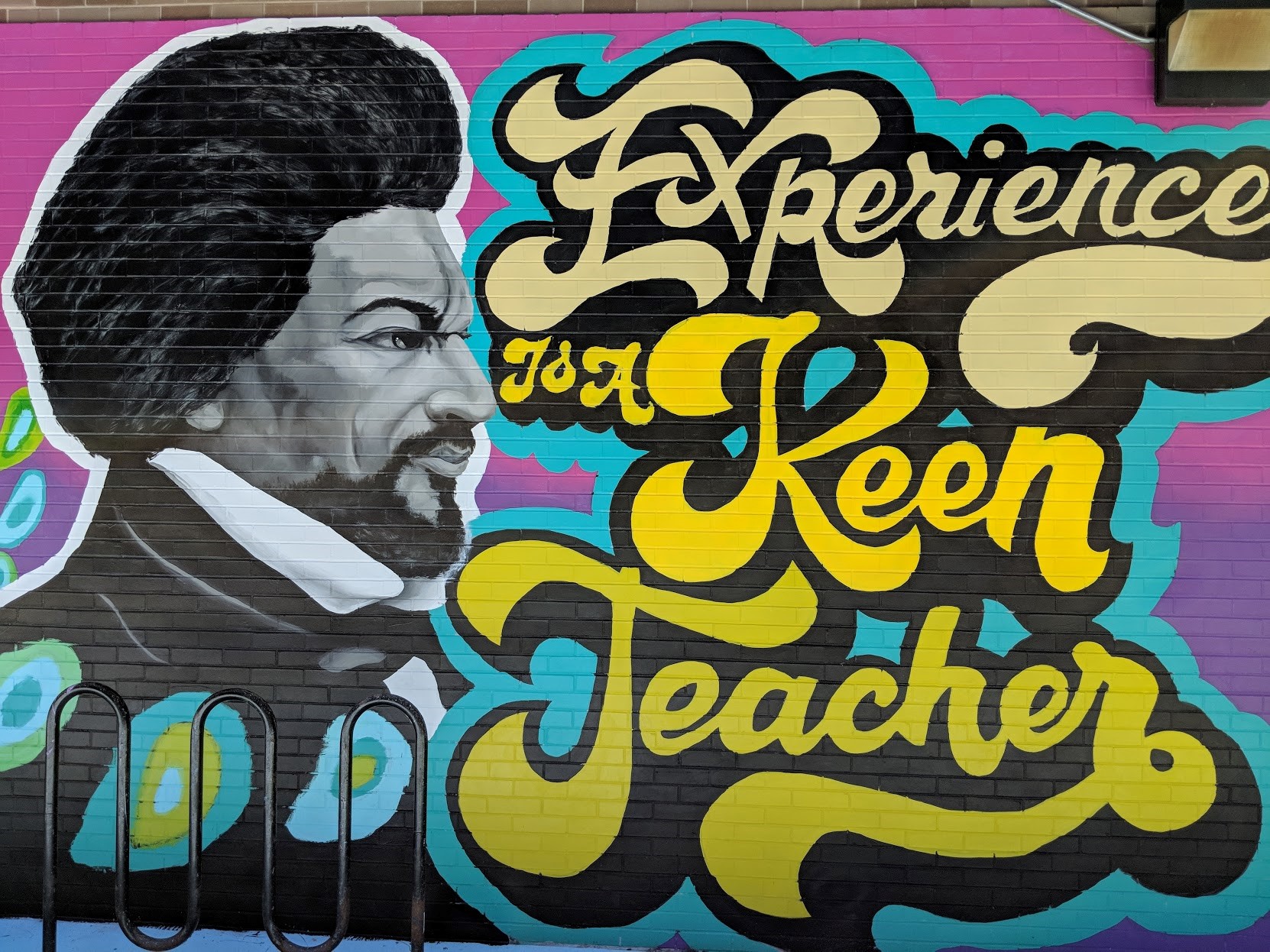


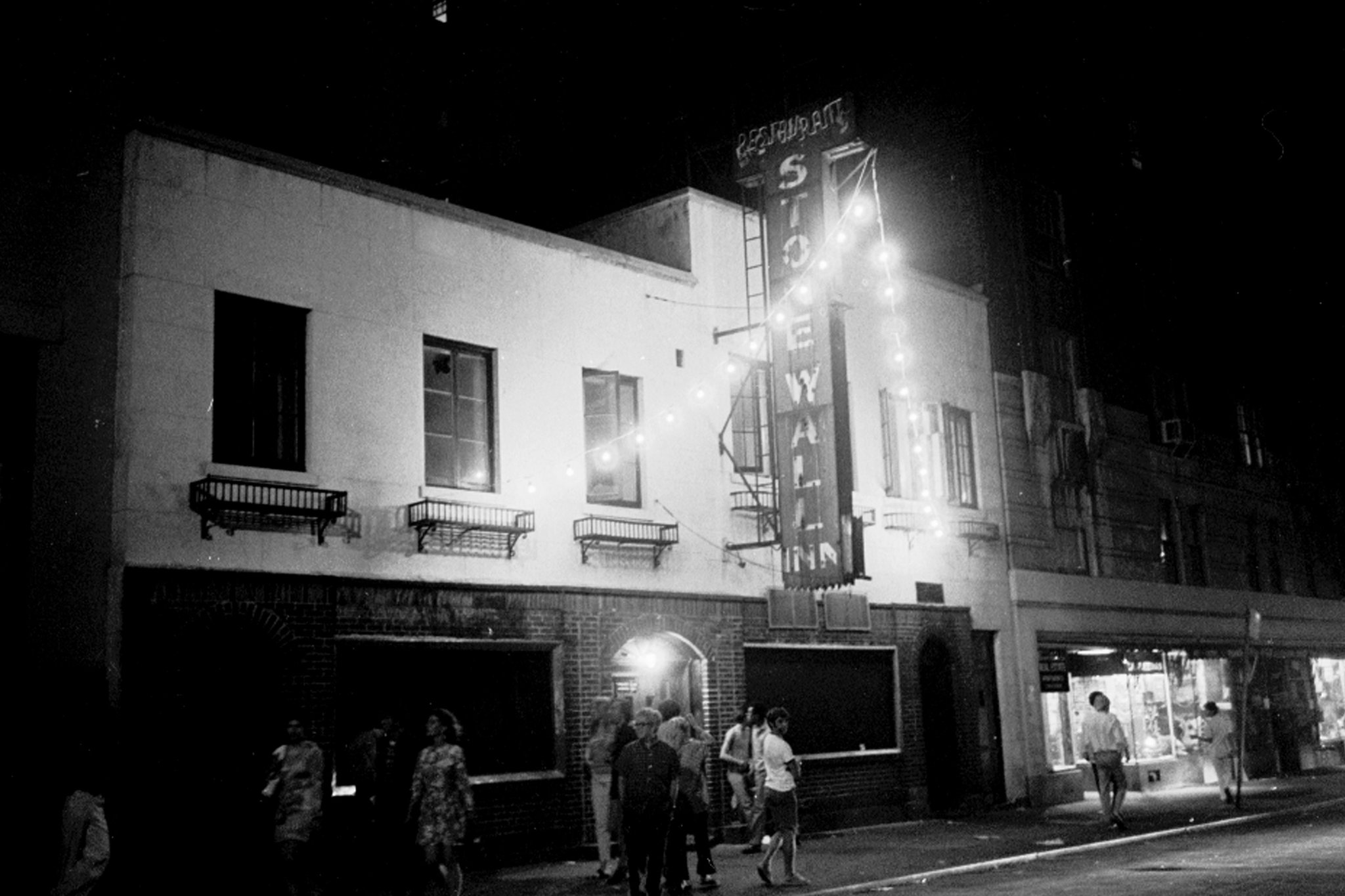
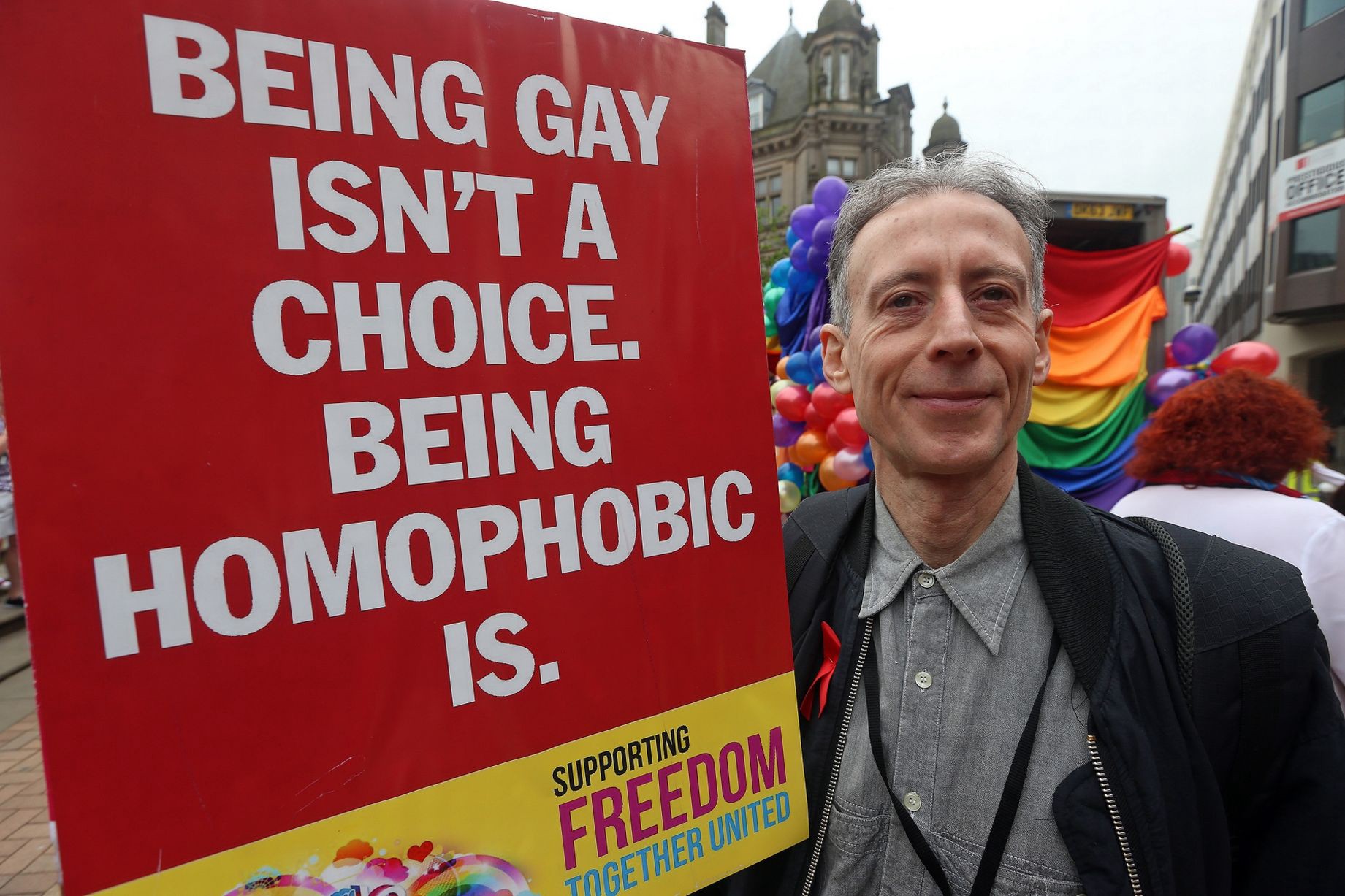
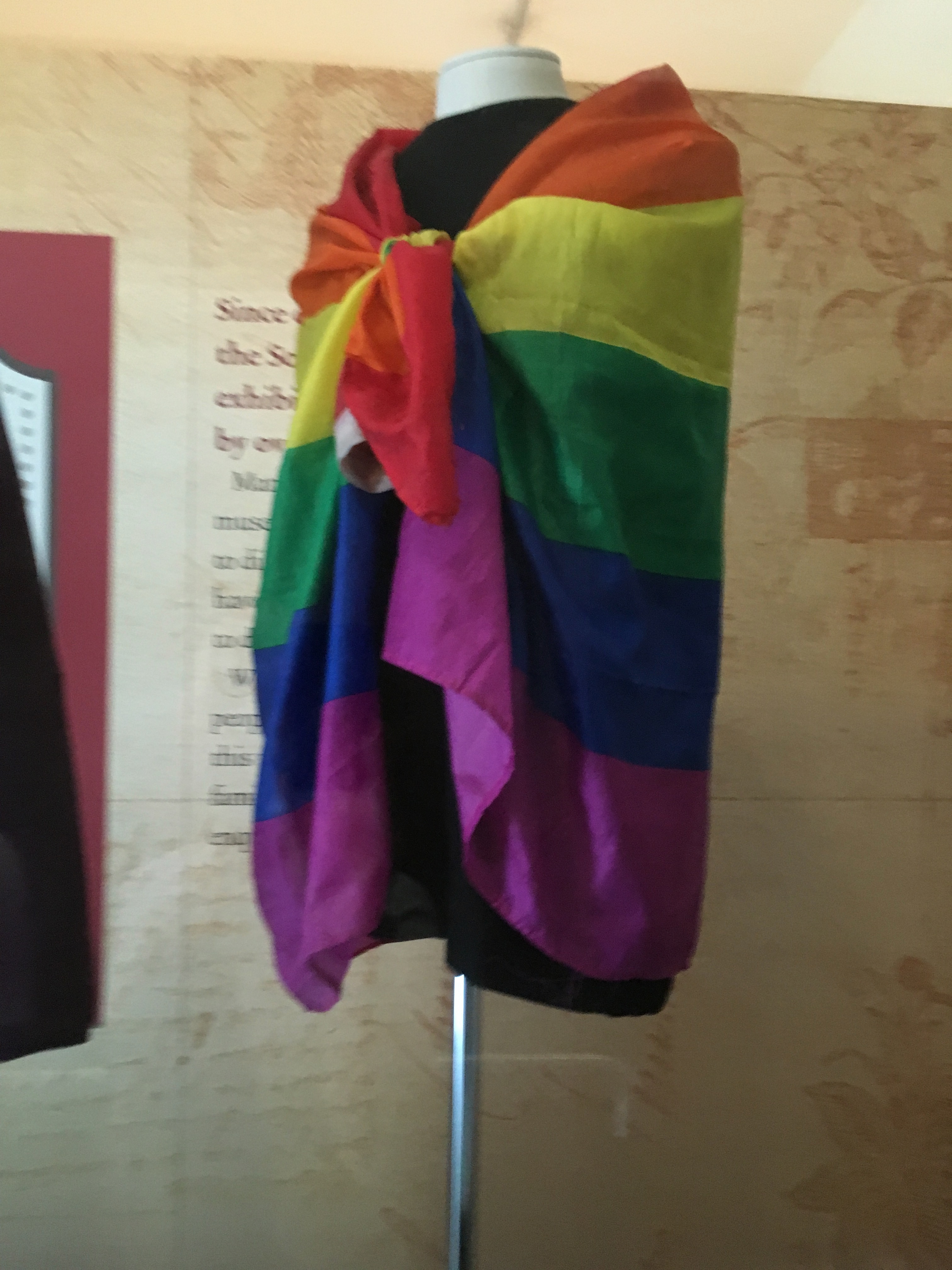
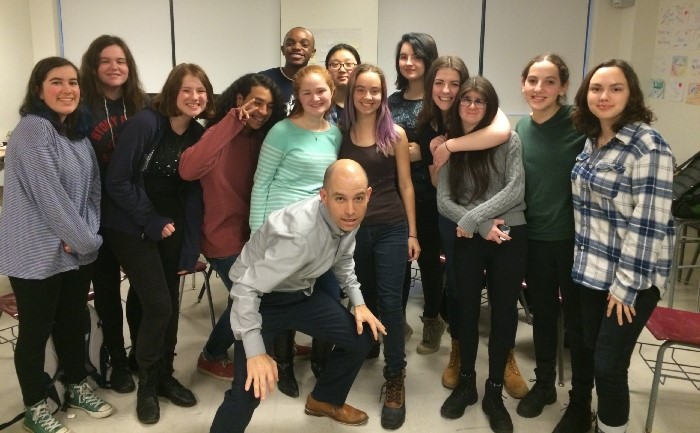

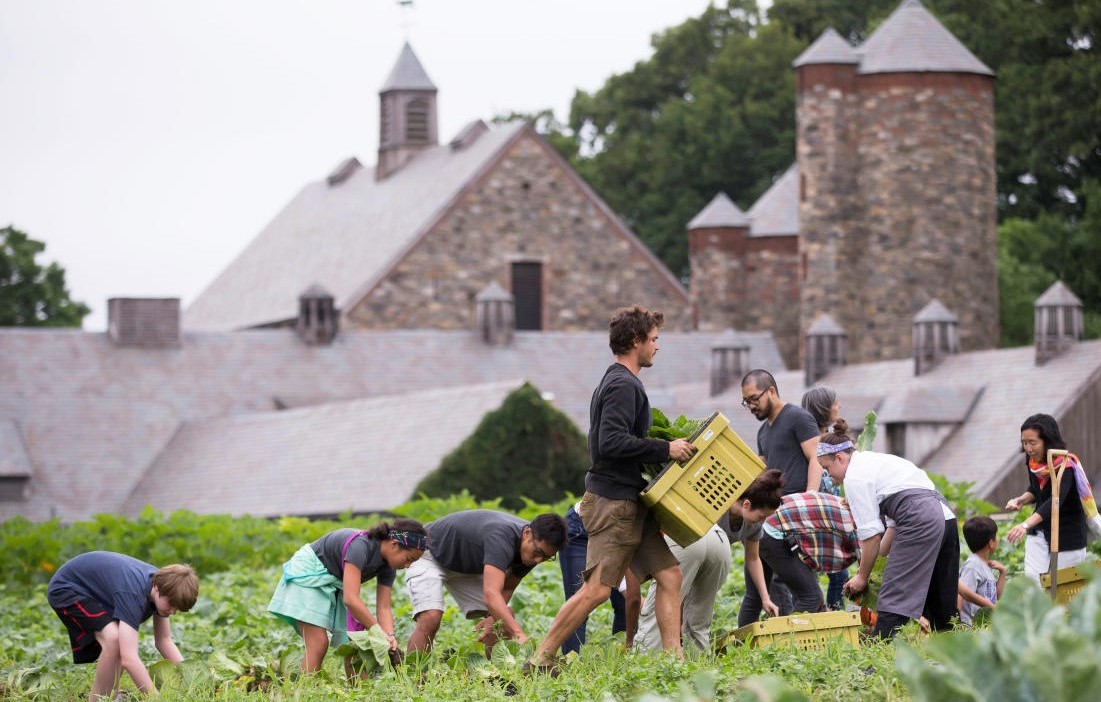
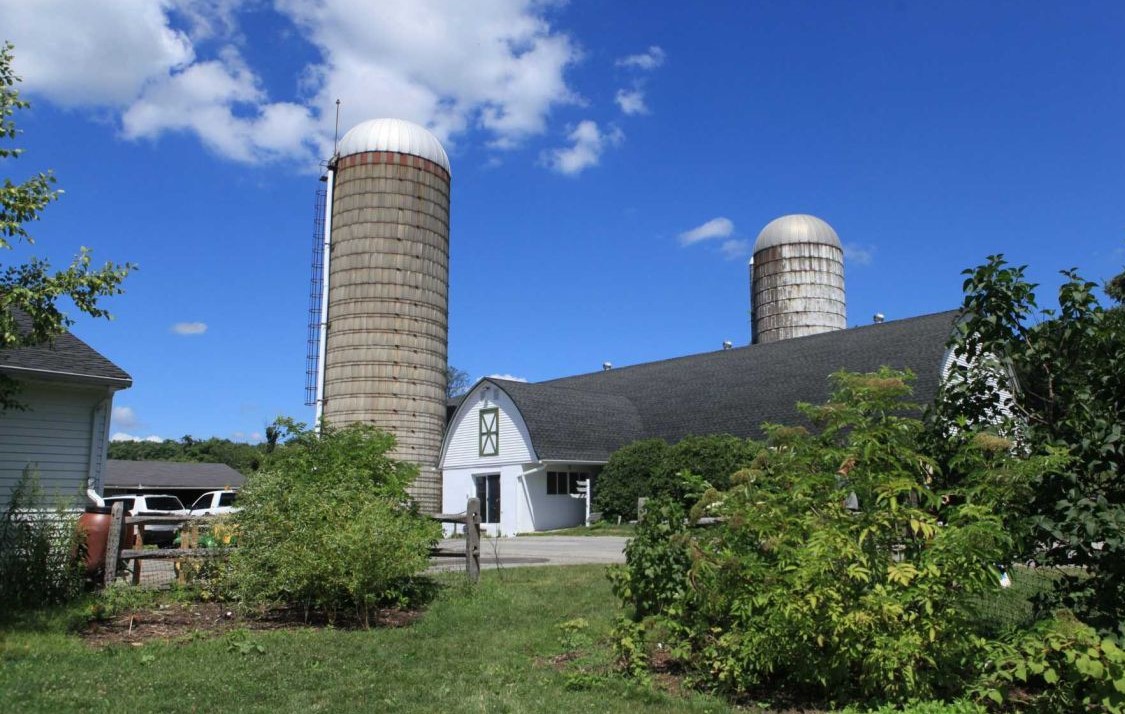
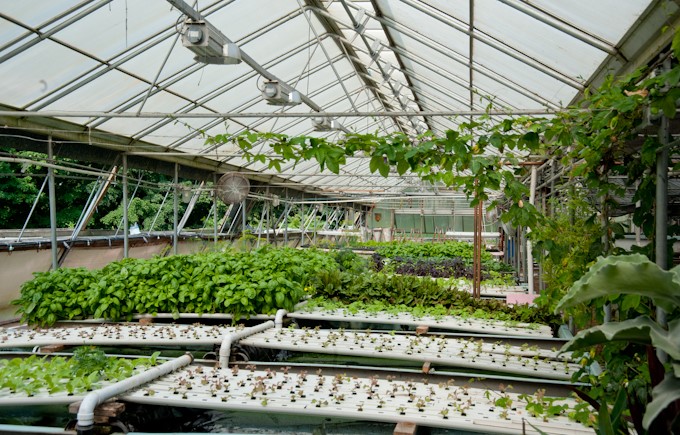
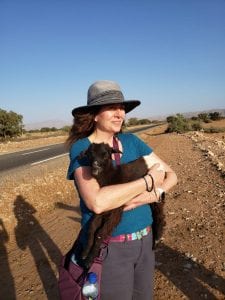
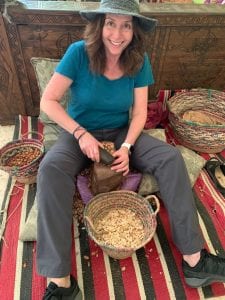
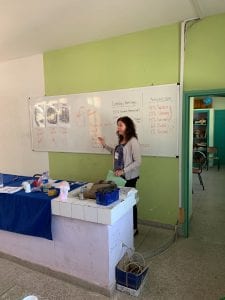








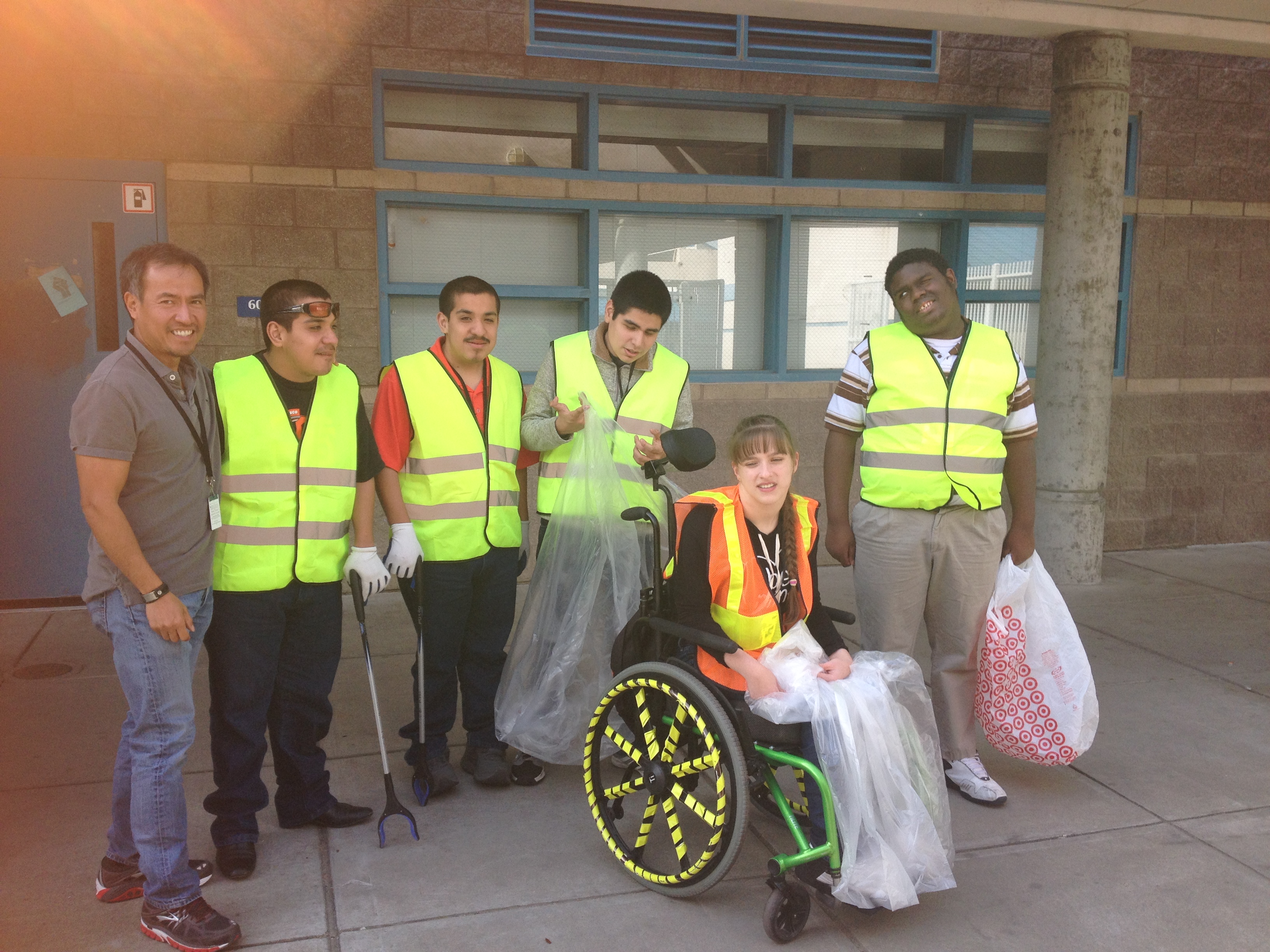
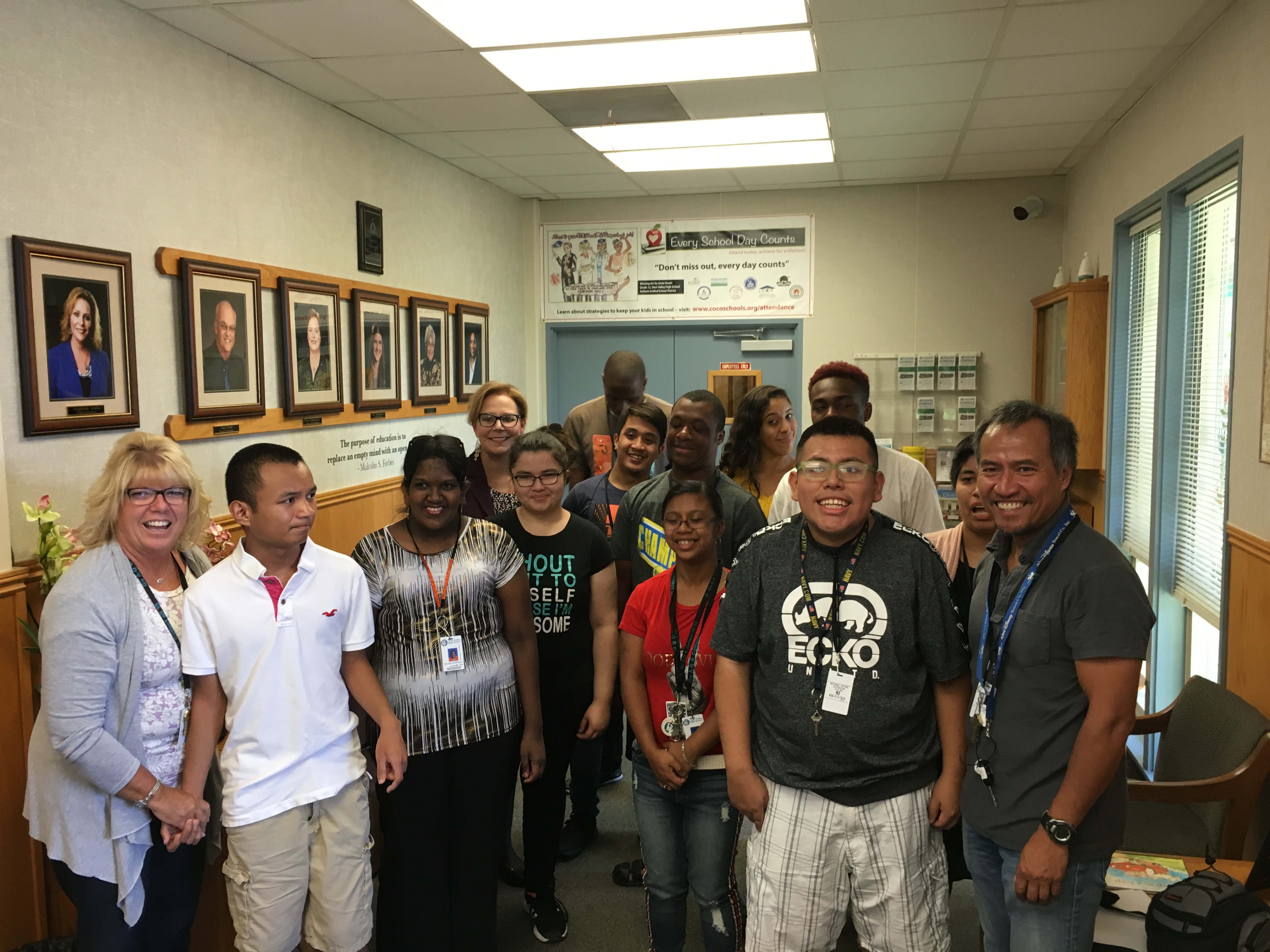


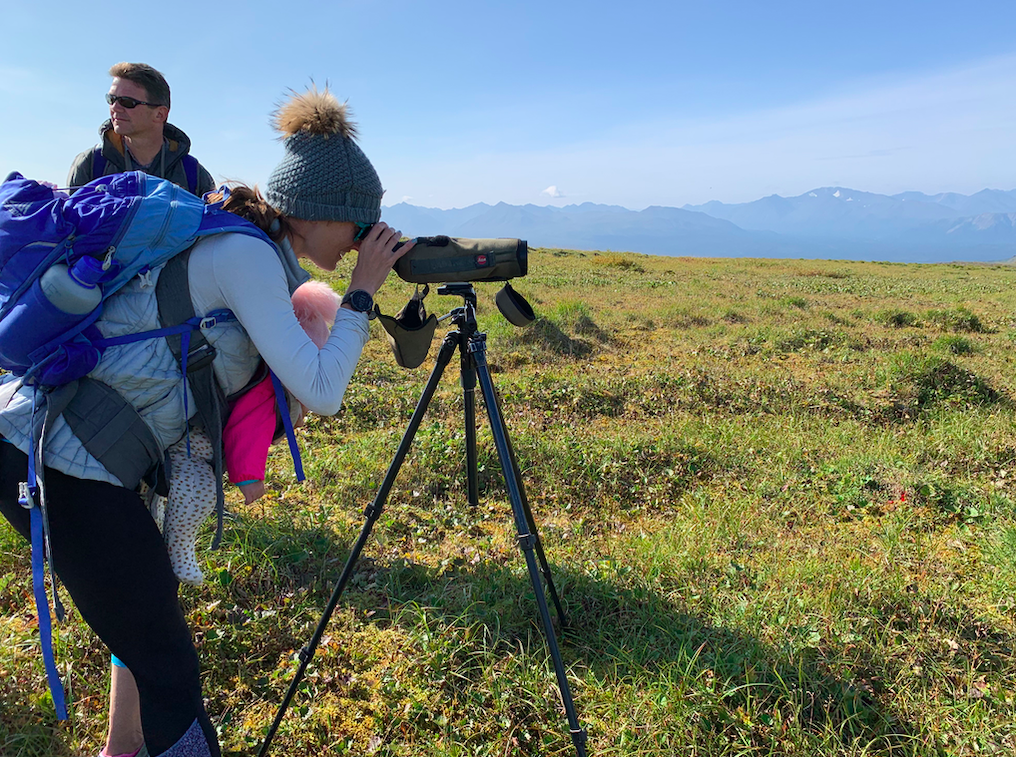
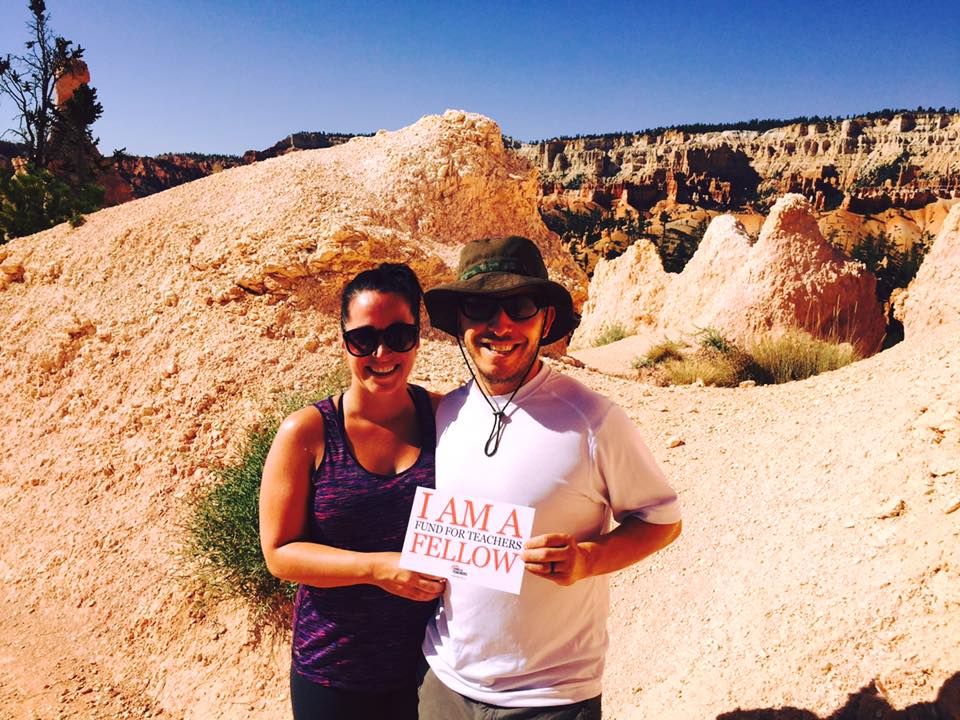
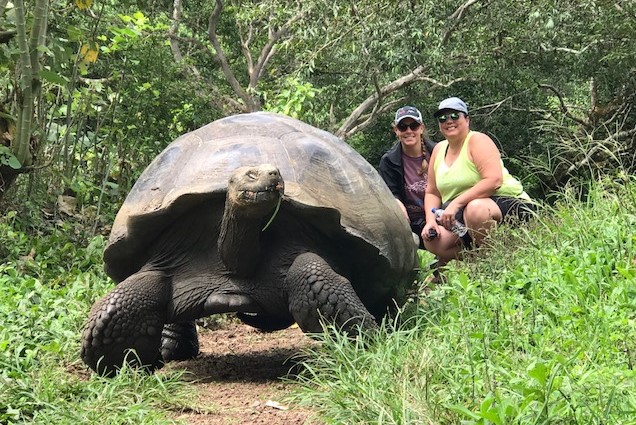
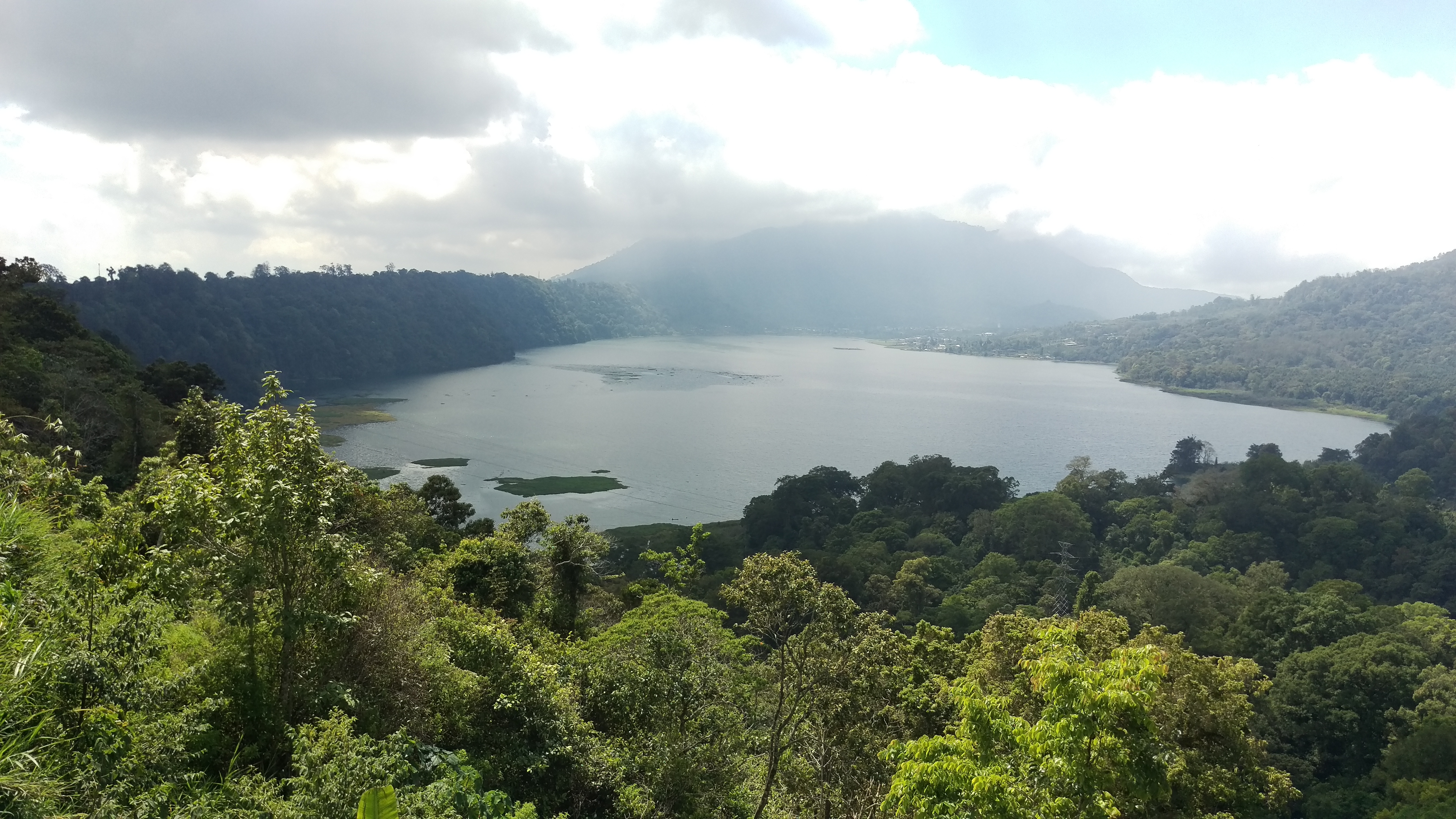
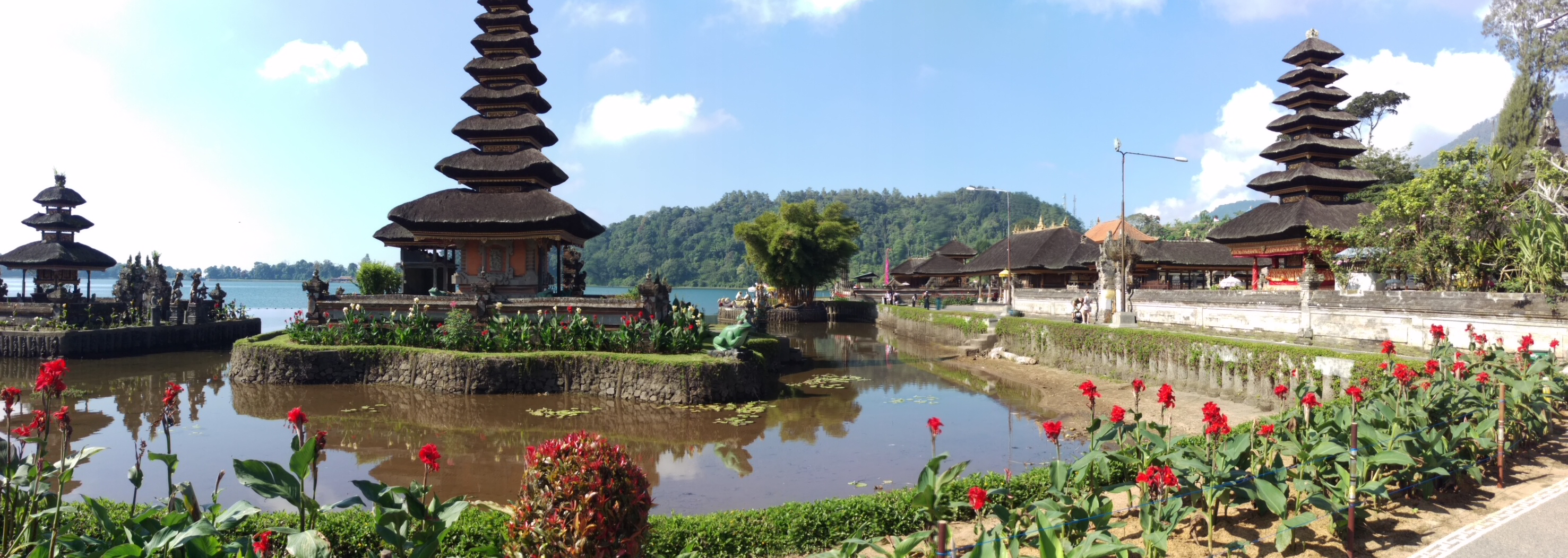
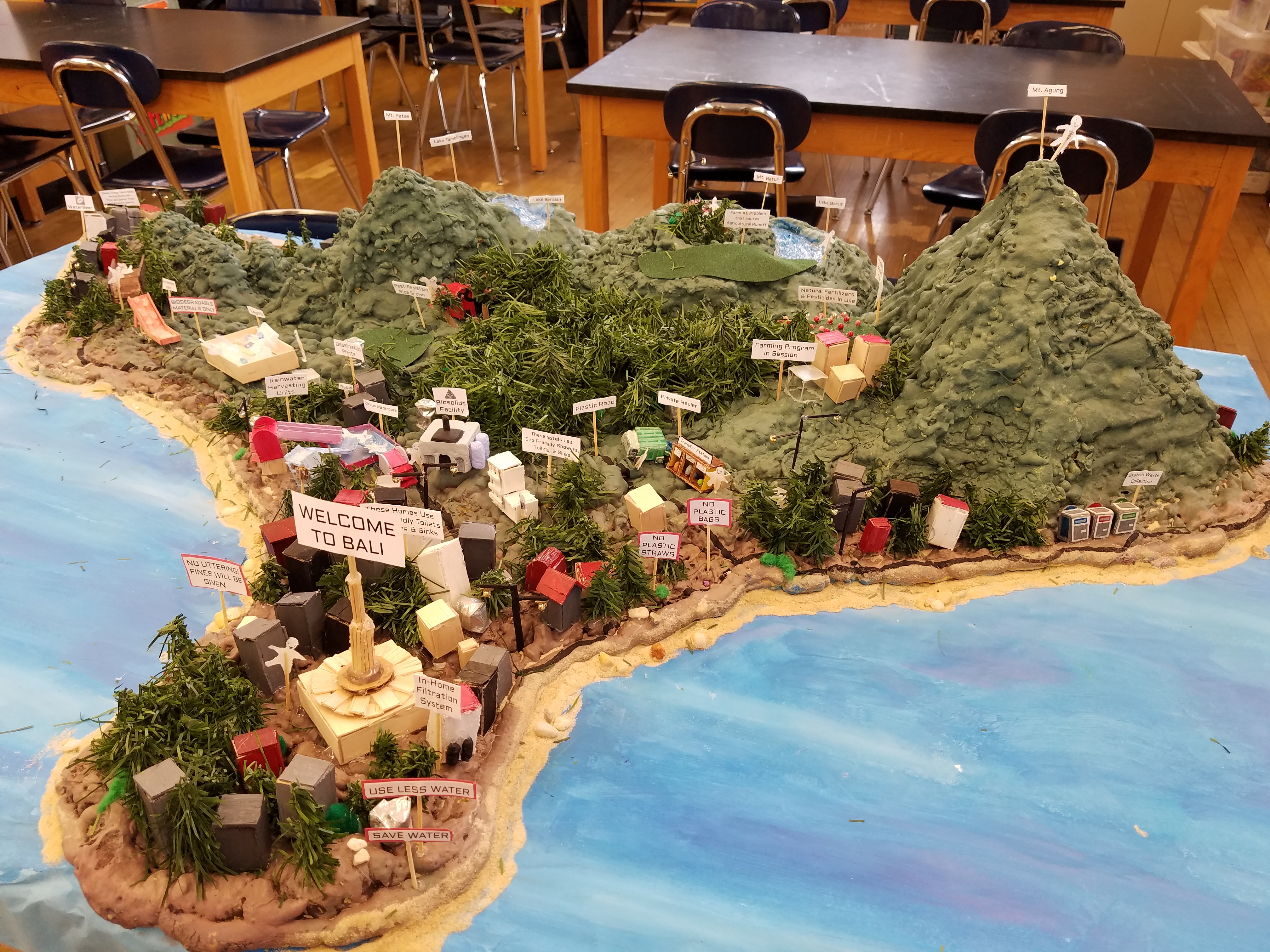
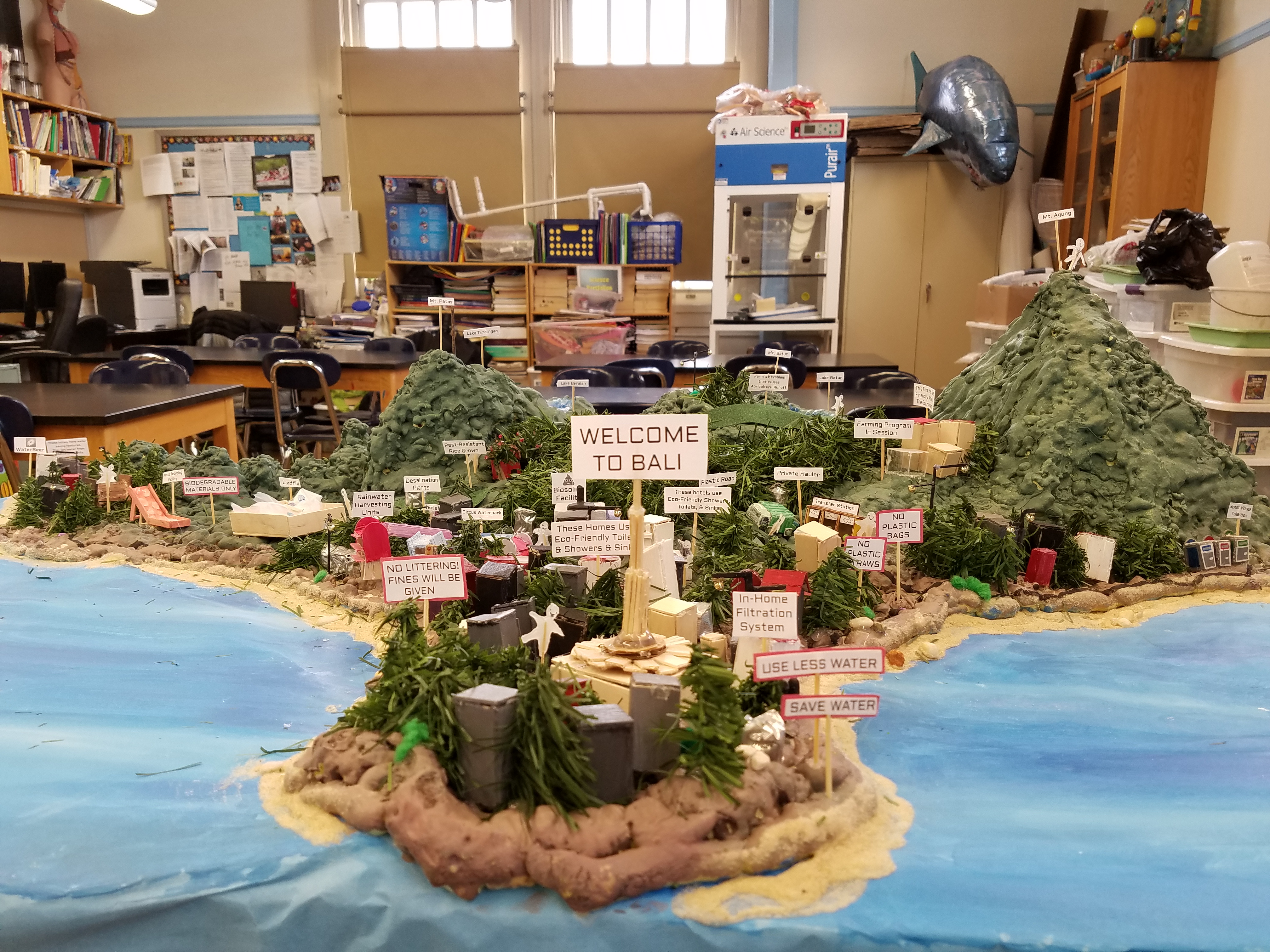
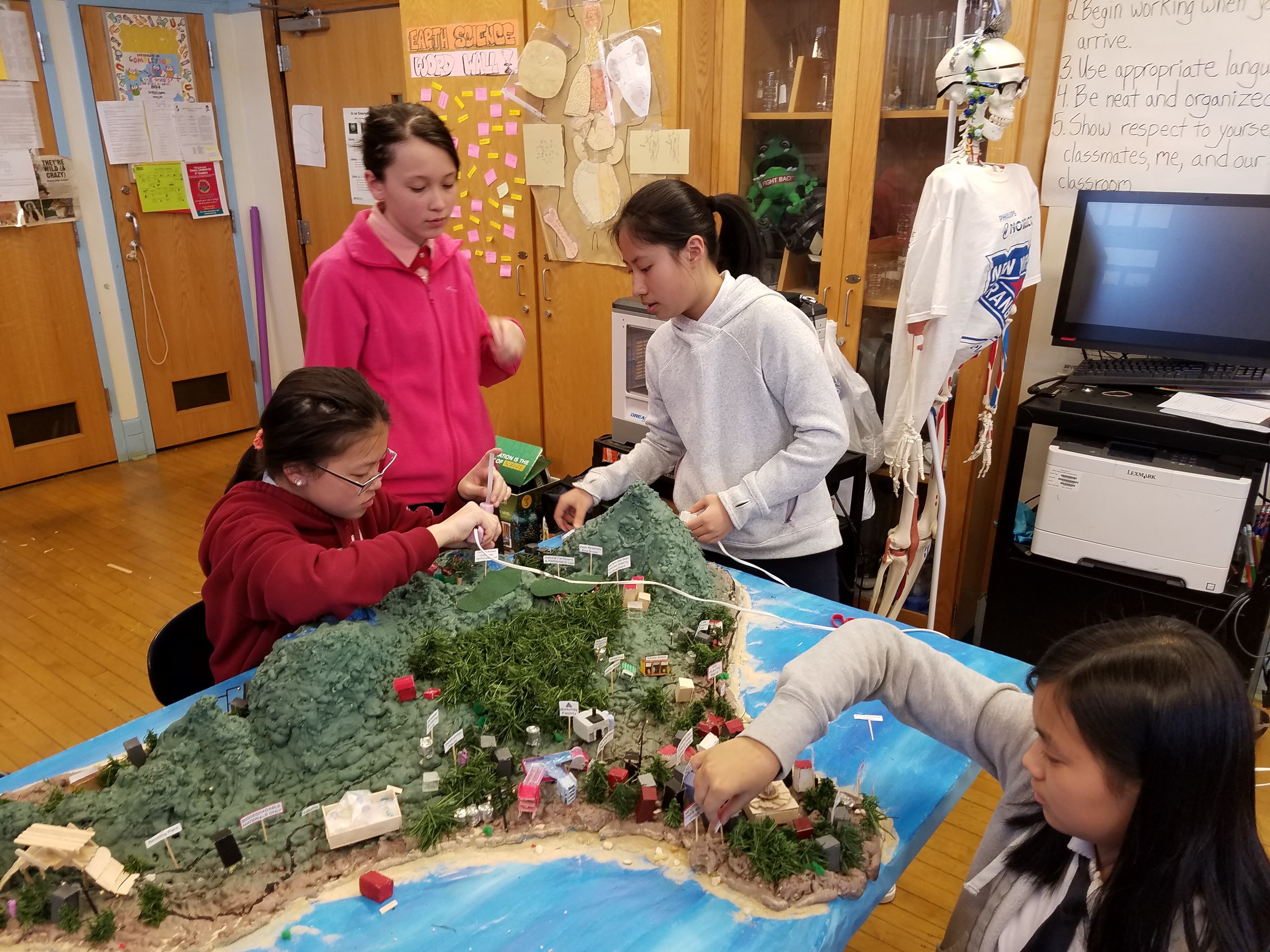
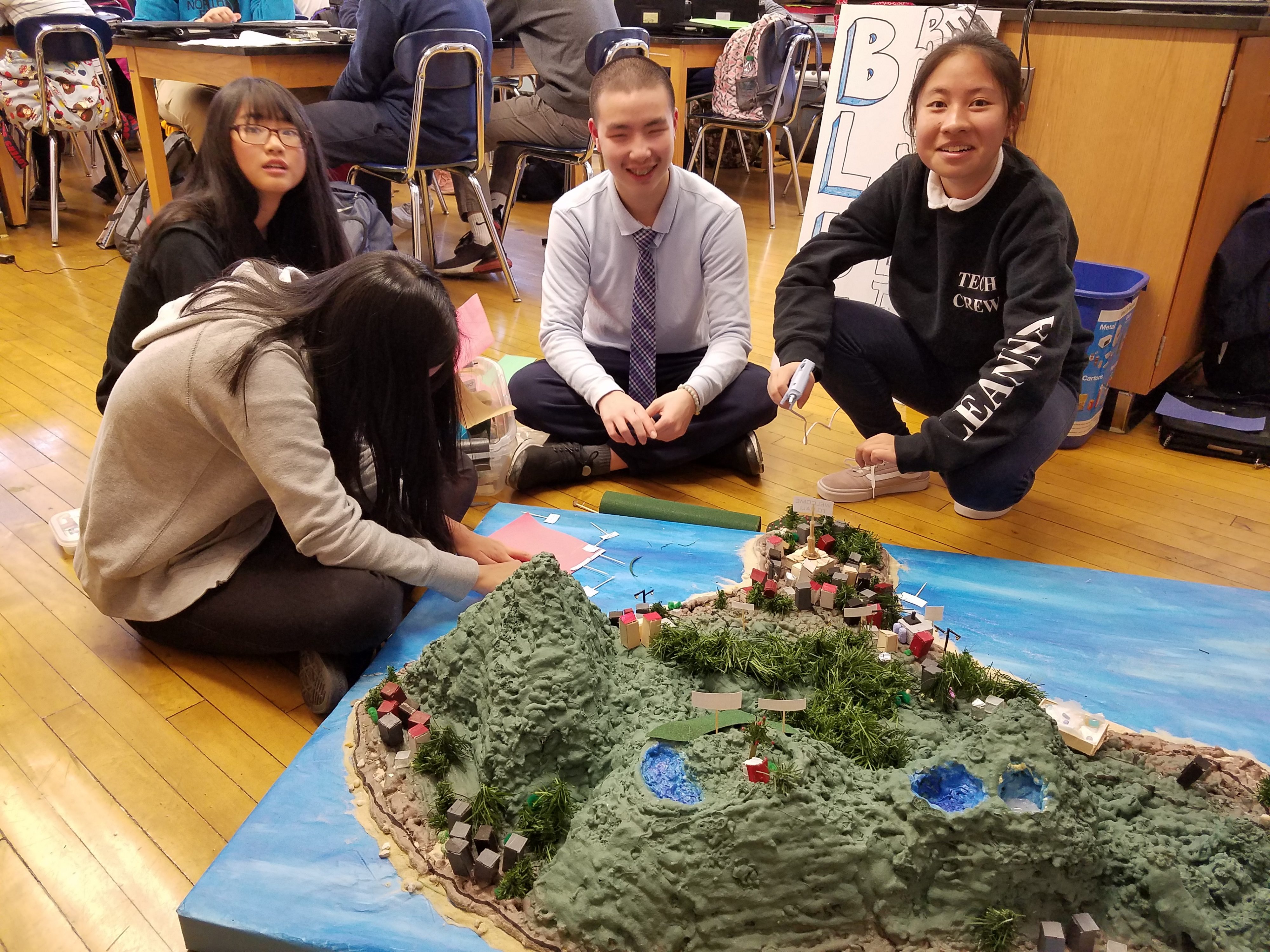
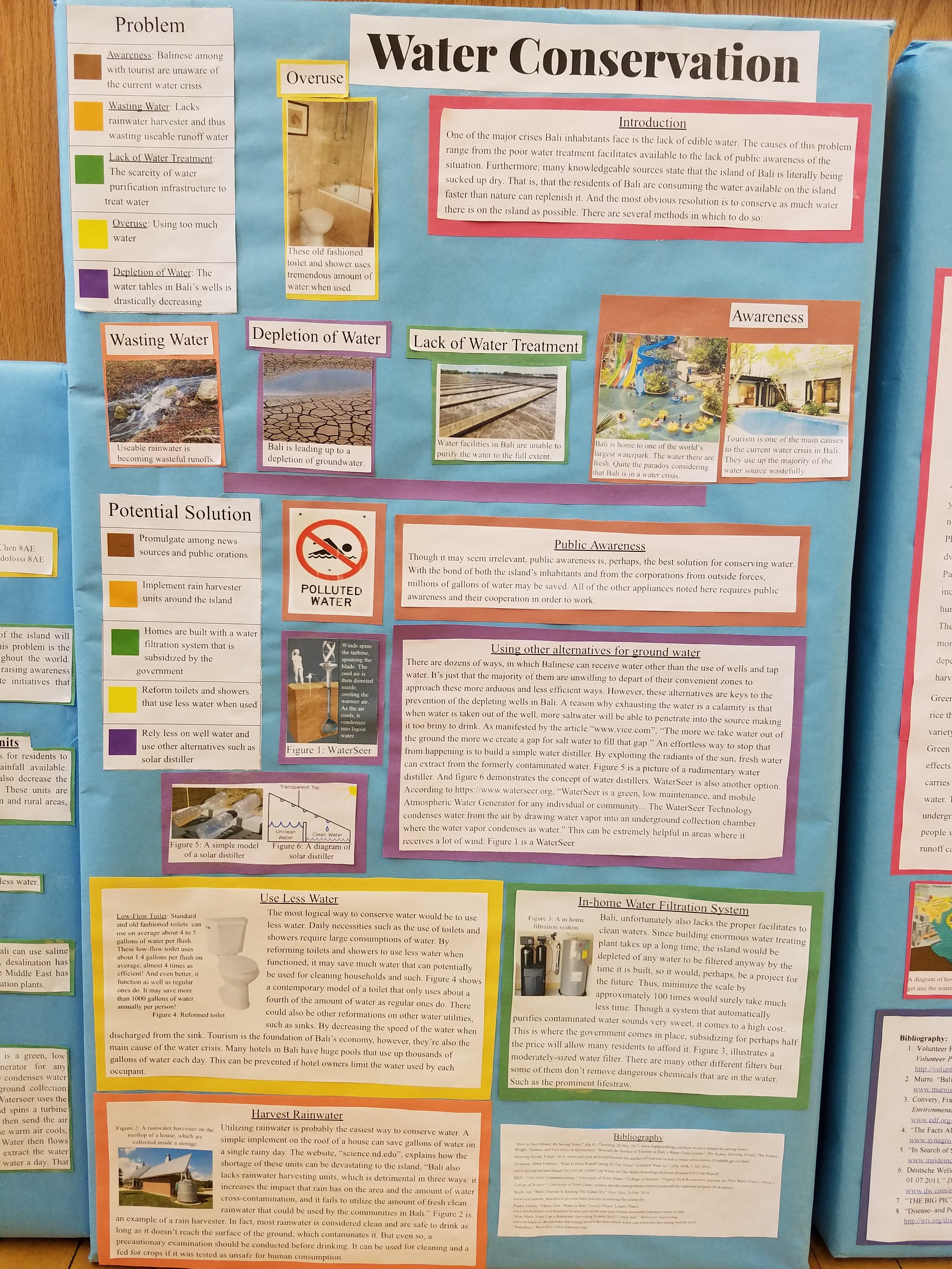
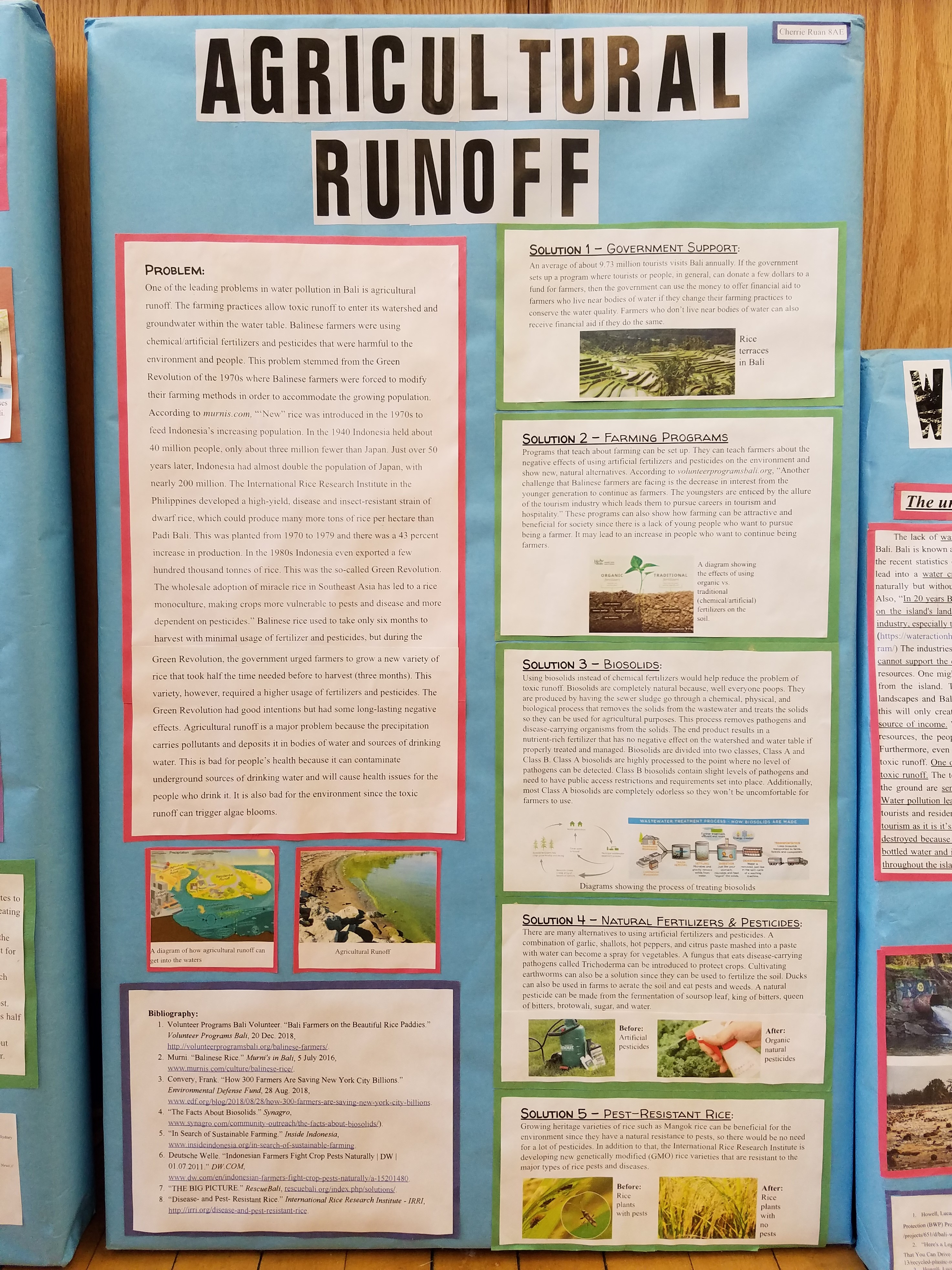
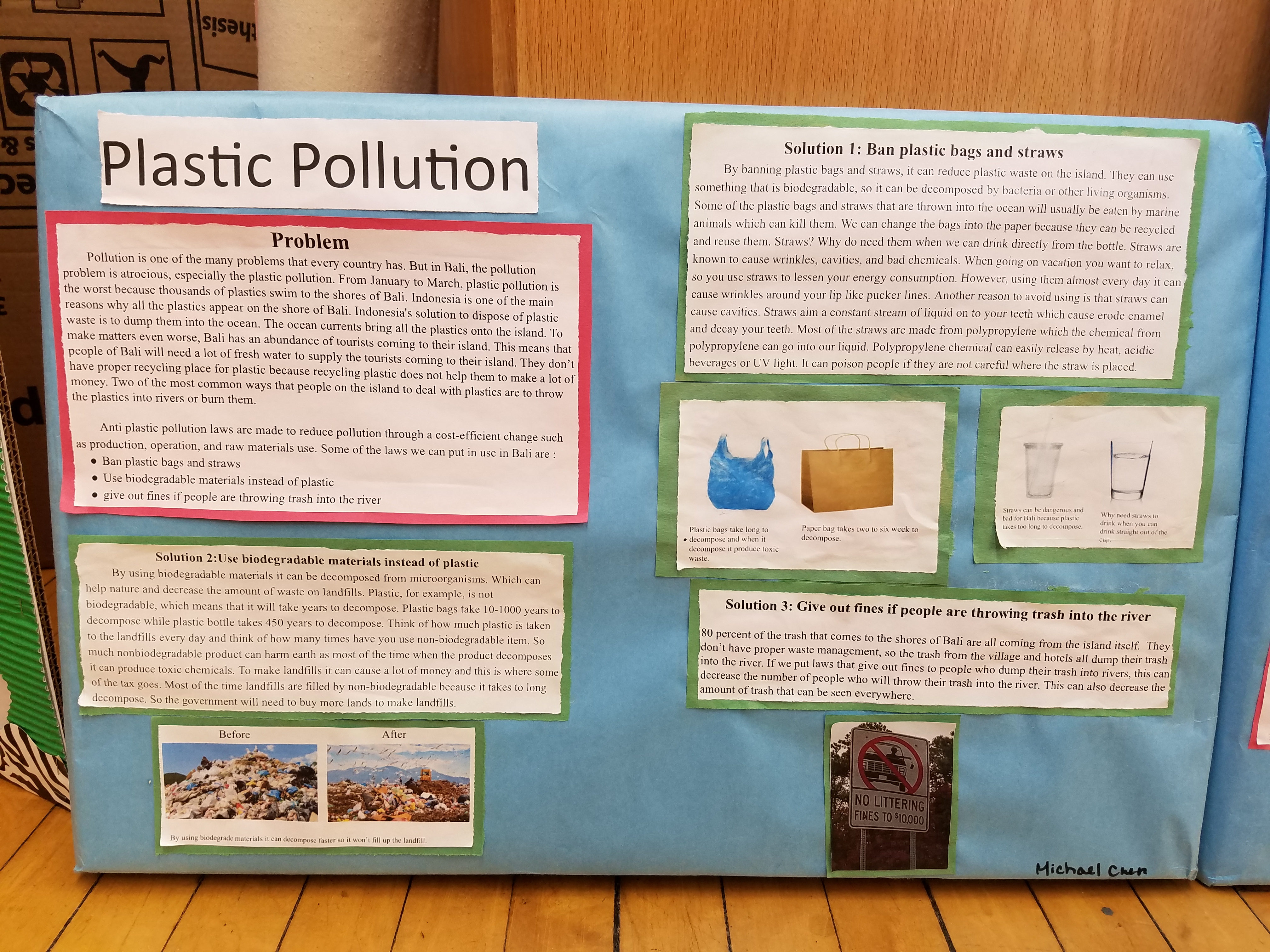
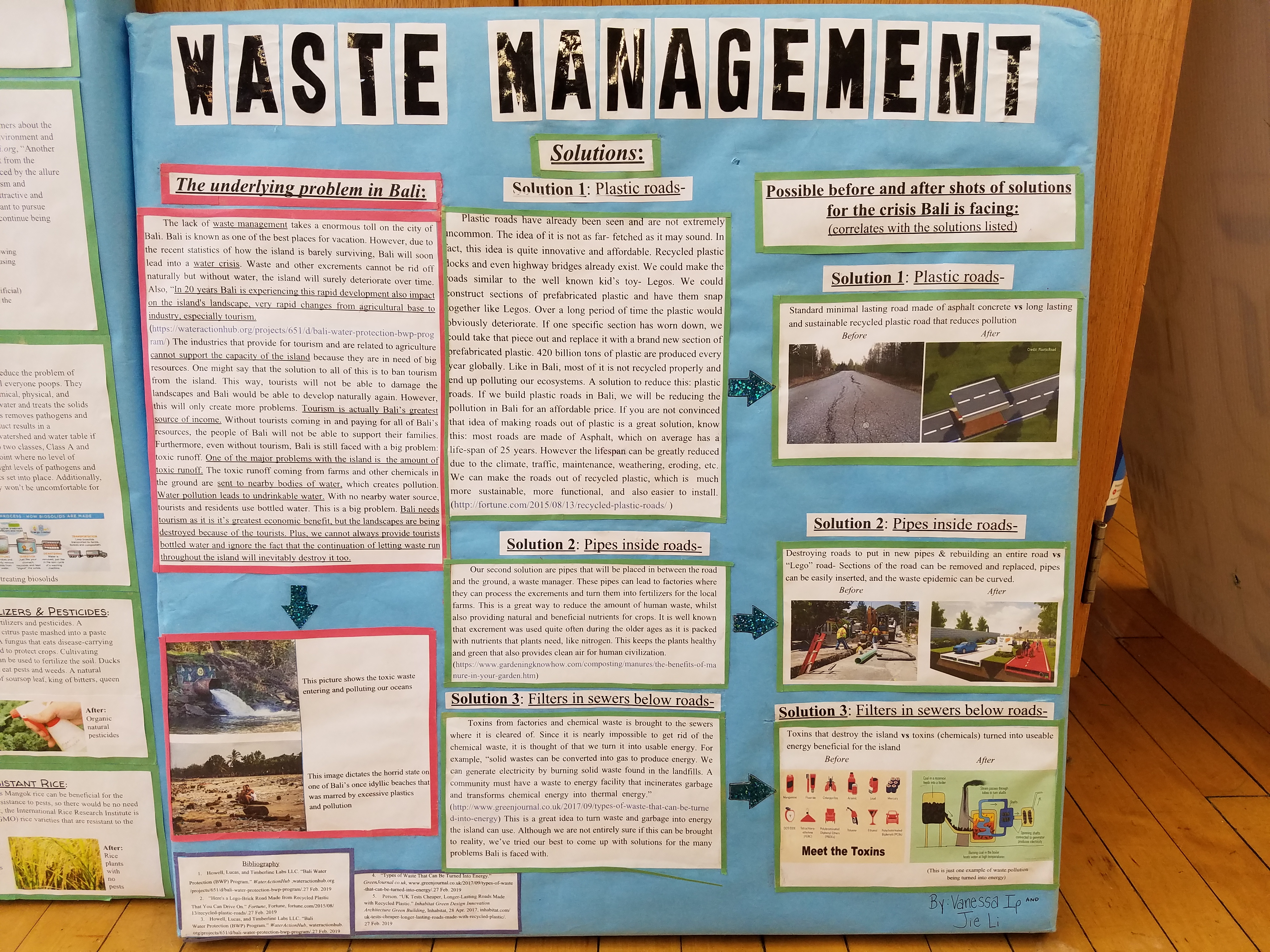
 Richard is a middle school science teacher, sustainability coordinator, and science department chairperson in Brooklyn, New York. Currently, Richard is leading an effort that would bring recycling into his middle school. He spearheaded the construction of a greenhouse with a roof rainwater collection system. Next year, he plans to bring a reusable water bottle filtered refill station into his school. He is a
Richard is a middle school science teacher, sustainability coordinator, and science department chairperson in Brooklyn, New York. Currently, Richard is leading an effort that would bring recycling into his middle school. He spearheaded the construction of a greenhouse with a roof rainwater collection system. Next year, he plans to bring a reusable water bottle filtered refill station into his school. He is a 